- Sumi Tower, 66 Zoo Road, Mirpur-2, Dhaka-1216
- Phone: 09610-989798, 01847422010, 0244800060,
- Emails: beh.mirpur2@gmail.com
- Hotline:09610989798
Overview
A cataract is a clouding of the normally clear lens of your eye. For people who have cataracts, seeing through cloudy lenses is a bit like looking through a frosty or fogged-up window. Clouded vision caused by cataracts can make it more difficult to read, drive a car (especially at night) or see the expression on a friend's face.
Most cataracts develop slowly and don't disturb your eyesight early on. But with time, cataracts will eventually interfere with your vision.
At first, stronger lighting and eyeglasses can help you deal with cataracts. But if impaired vision interferes with your usual activities, you might need cataract surgery. Fortunately, cataract surgery is generally a safe, effective procedure.
Symptoms
Signs and symptoms of cataracts include:
At first, the cloudiness in your vision caused by a cataract may affect only a small part of the eye's lens and you may be unaware of any vision loss. As the cataract grows larger, it clouds more of your lens and distorts the light passing through the lens. This may lead to more noticeable symptoms.
Risk factors
Factors that increase your risk of cataracts include:
Prevention
No studies have proved how to prevent cataracts or slow the progression of cataracts.
Cataract surgery
Cataract surgery involves replacing the cloudy lens inside your eye with an artificial one.
It's the most common eye operation performed worldwide, with a high success rate in improving your eyesight.
Do you need surgery?
Cataracts usually get slowly worse over time. Surgery to replace the cloudy lens is the only way to improve your eyesight.
Surgery is usually offered if your cataracts are affecting your eyesight and quality of life.
The decision to have surgery should not be based solely on your eye test (visual acuity) results.
You may have other personal reasons for deciding to have surgery, such as your daily activities, hobbies and interests.
There are no medicines or eye drops that have been proven to improve cataracts or stop them getting worse.
Before the operation
Different measurements will be taken of your eyes and your eyesight.
The assessment is an opportunity to discuss anything to do with your operation, including:
Benefits of surgery
After cataract surgery you should be able to:
If you have another condition affecting your eyes, such as diabetes or glaucoma, you may still have limited vision, even after successful surgery.
Types of Intraocular Lenses (IOLS)
A range of IOLs, including monofocal IOLs, multifocal IOLs, toric IOLs, and trifocal IOLs are available. These are all designed to give quality vision, enhance your lifestyle and reduce dependence on glasses following the cataract surgery.
Cataract surgery does not result in any modifications in your lifestyle or working patterns. It is a daycare procedure and patients can resume their normal activities fairly soon after surgery.
There are no major lifestyle restrictions and hospitalization required for cataract surgery.
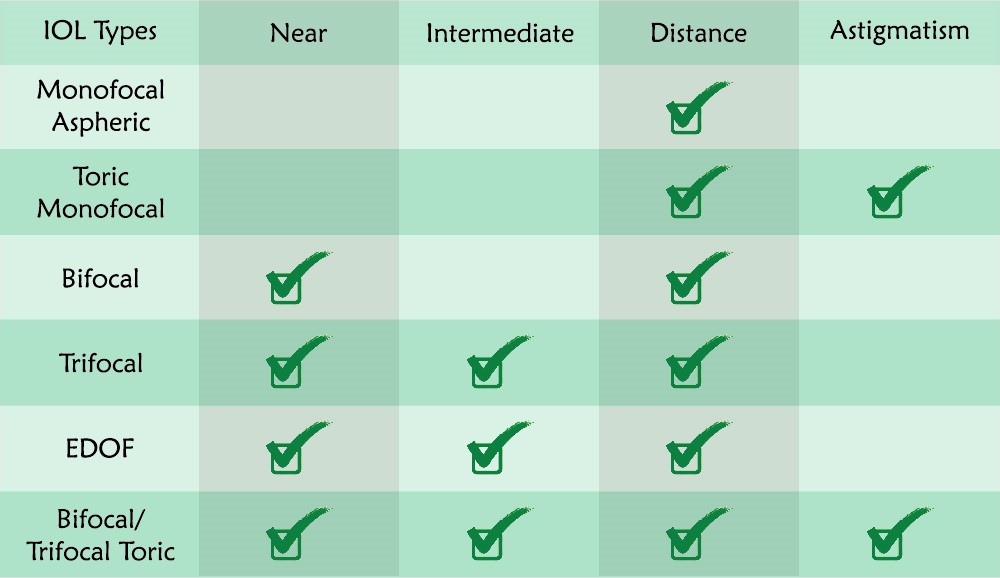
LenSx:
The LensX Precision Laser System is one of our newer additions, providing a new level of accuracy and consistency in our no-stitch, no-patch cataract procedure.
For more than a decade, the femtosecond laser has been used effectively in refractive procedures. Now, our CATARACT patients can enjoy the advantages of this type of laser as well. The LensX Precision Laser System is a major advance in the world of cataract surgery, offering the precision of a laser and the accuracy of a computer-guided system.
Your laser cataract procedure starts with several measurements of your eye, both externally and internally, to determine the exact surgical plan specified for your vision. Once this is complete, your surgeon will use these measurements in creating the laser cataract procedure plan that’s tailored to your unique eyes.
During your customized laser cataract procedure, your surgeon uses the LensX laser to perform several steps of the procedure that are traditionally performed by hand. The results are more predictable, more accurate, and tailored to your specific vision needs, with the goal of restoring clear vision and the improved quality of life that comes with it.
Benefits of LensX Cataract Surgery
Dos and don'ts after cataract surgery
For the first few weeks after surgery:
Do:
Don't:
You could arrange for someone to help take care of you until your vision returns, particularly if the vision in your other eye is poor.
If you work, how soon you can return will largely depend on your type of job and if you need new glasses.
Using your eye drops
Before you leave hospital, you'll be given some eye drops to help your eye heal and prevent infection.
It's important to use your eye drops as instructed by your doctor. Unless told otherwise, you should:
You'll be advised further about the use of eye drops at your follow up appointment, usually 1 to 4 weeks after your operation.
At this appointment, you may be given advice on when to stop using your eye drops and when to apply for new glasses.
How to apply eye drops
How to clean your eye
During the first 2 weeks, you may need to clean your eye twice a day because the drops and the healing process can cause slight stickiness.
Back To Top
© 2025 Bangladesh Eye Hospital. All Rights Reserved.
Design by AbacusIT.
Sumi Tower, 66 Zoo Road, Mirpur-2, Dhaka-1216
09610-989798, 01847422010, 0244800060

Cataract

None

None

None

None

None

None

None

None

None

Cataract

Cataract

Cataract

Cataract

Cataract

None

None

None

None

None

Cataract
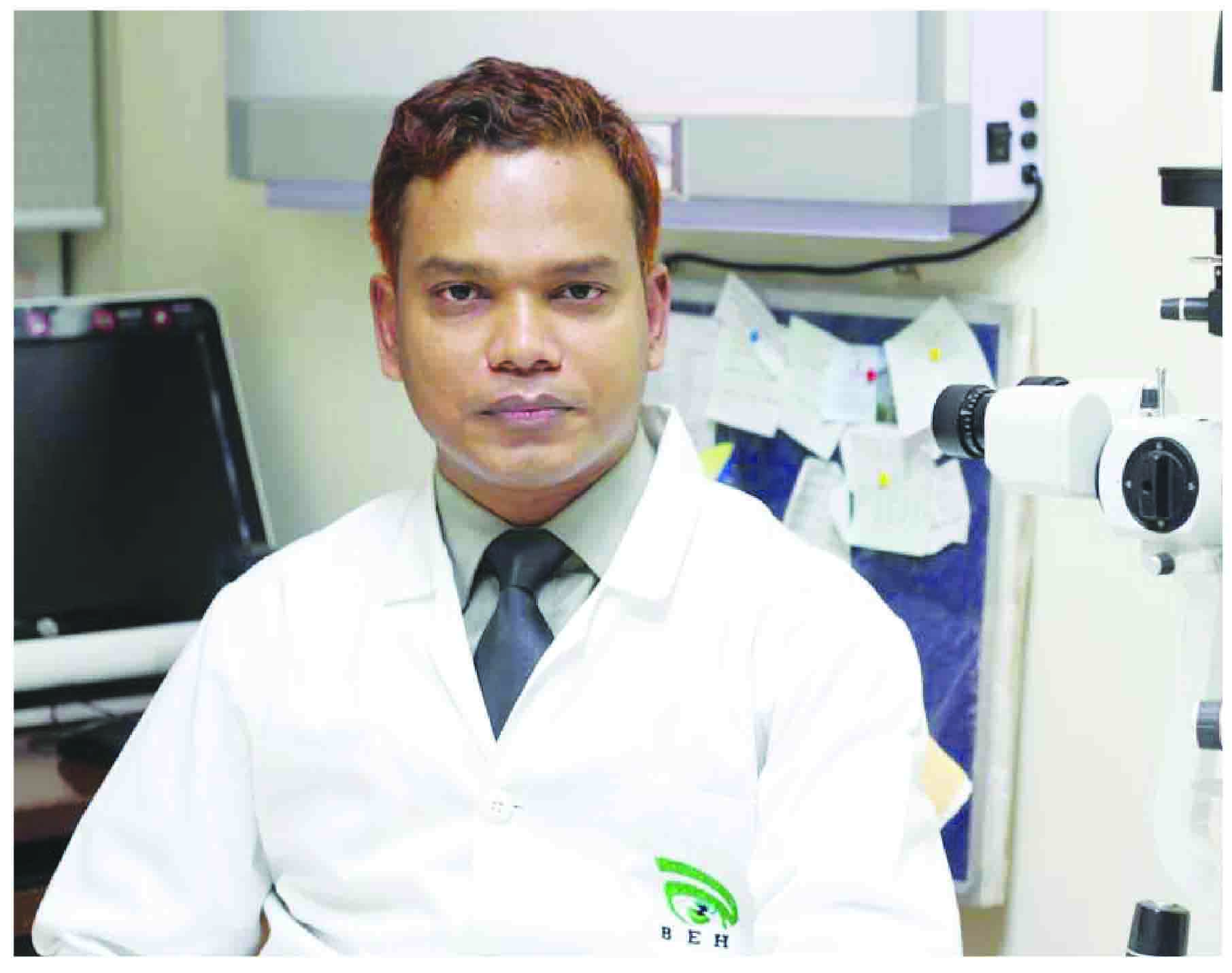
Cataract

None

None

None

None

None

Cataract

Cataract

Cataract

Cataract

Cataract
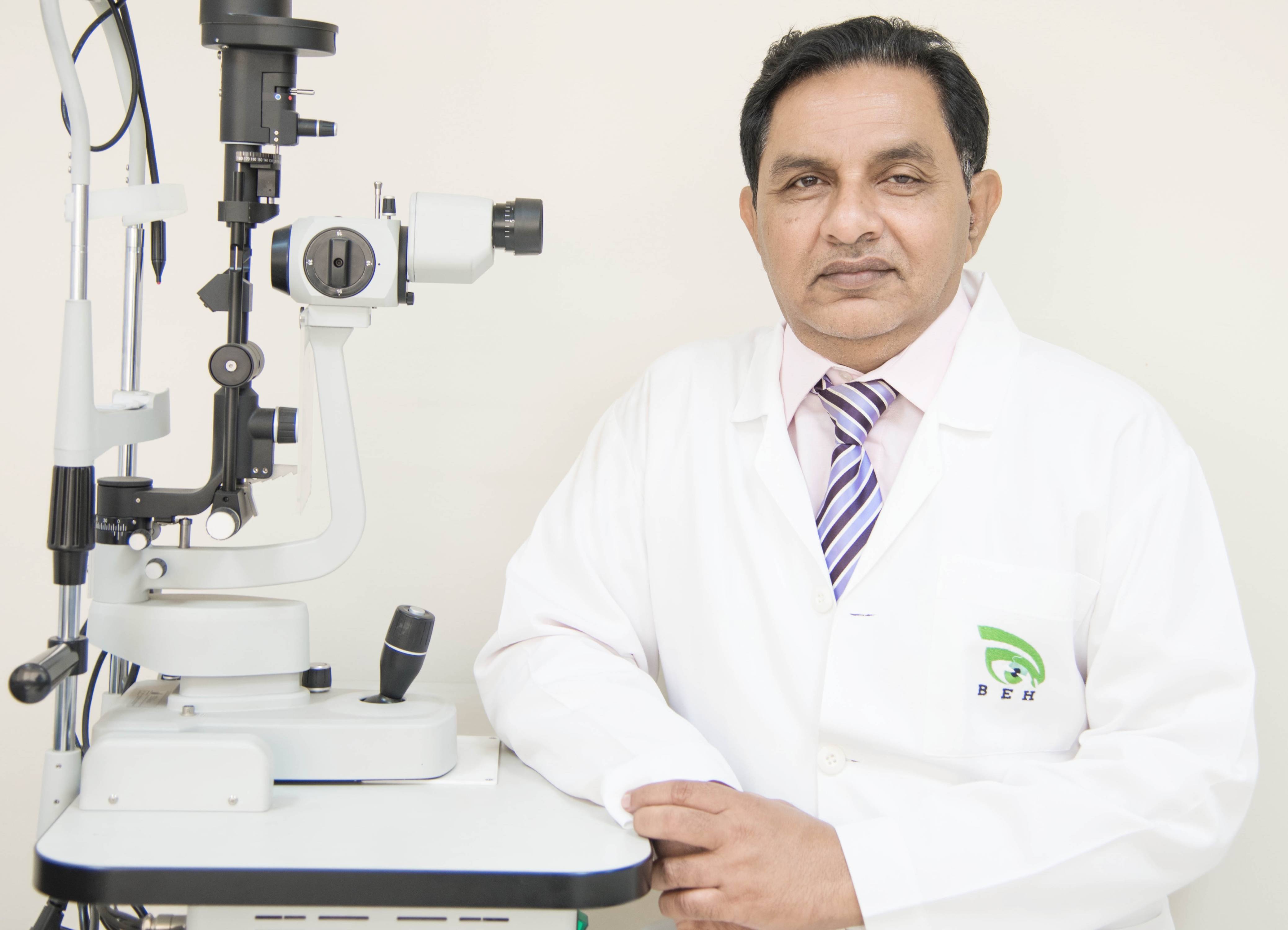
Cataract

Cataract
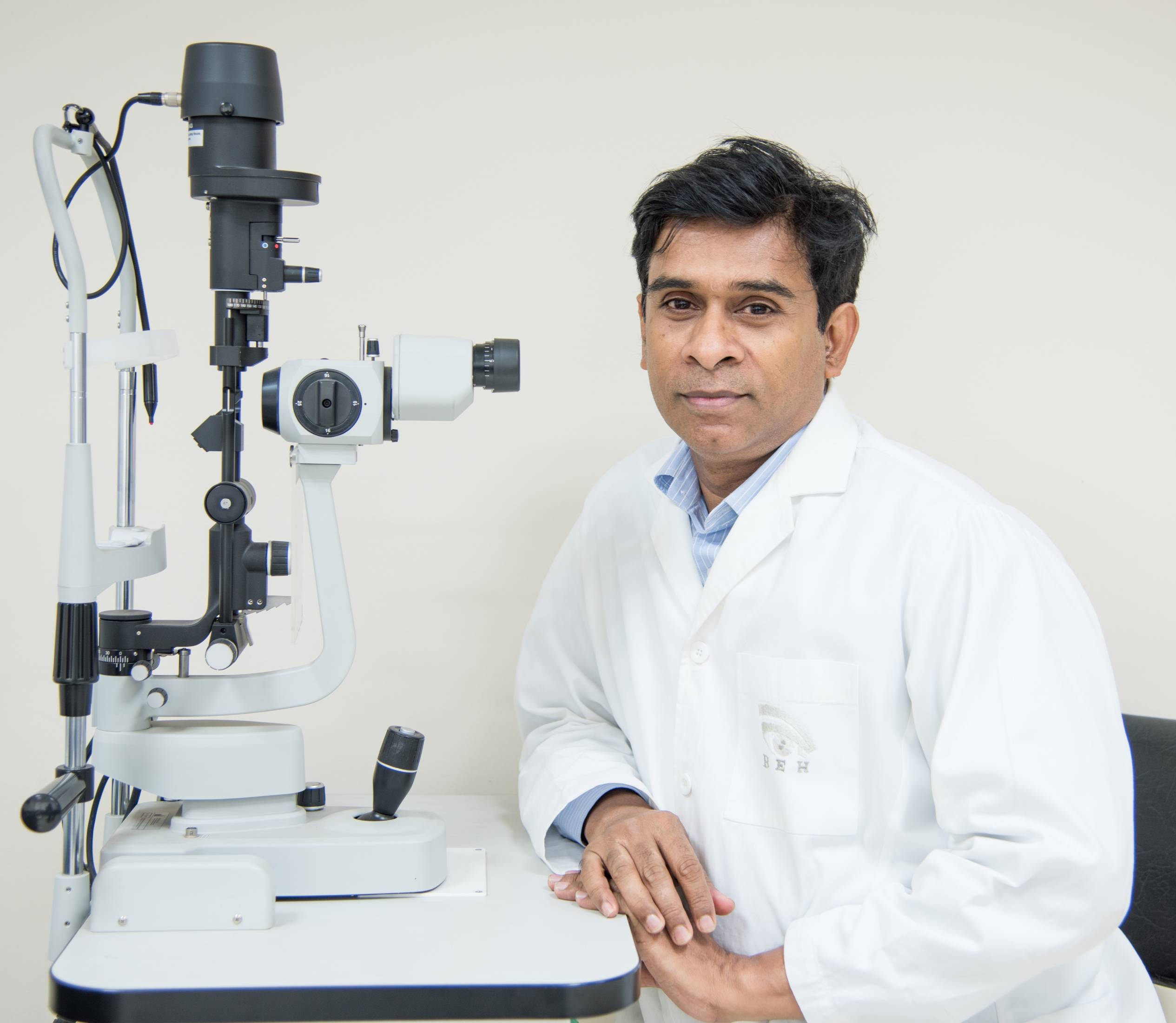
None

Cataract
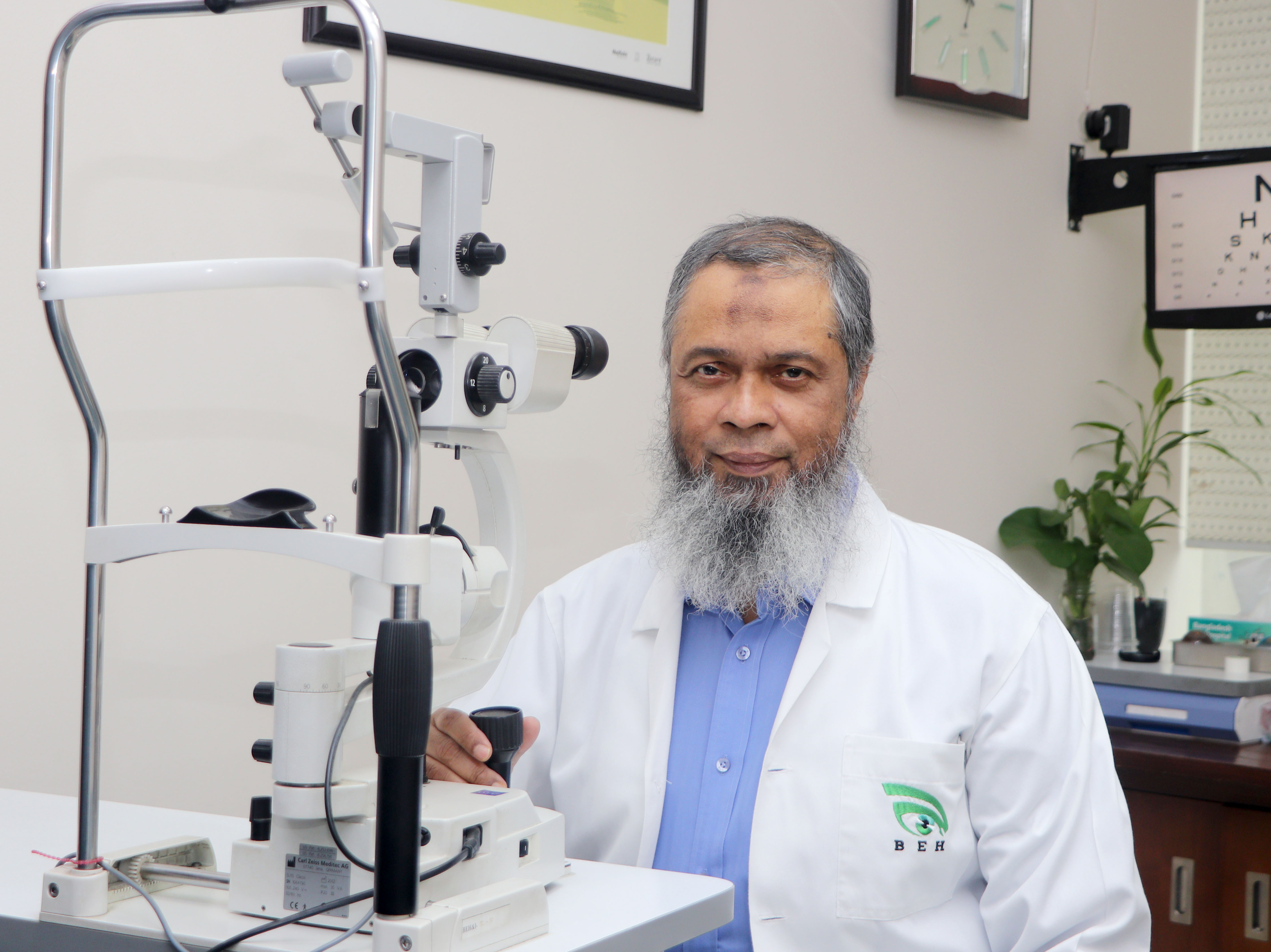
Cataract

Cataract

Cataract
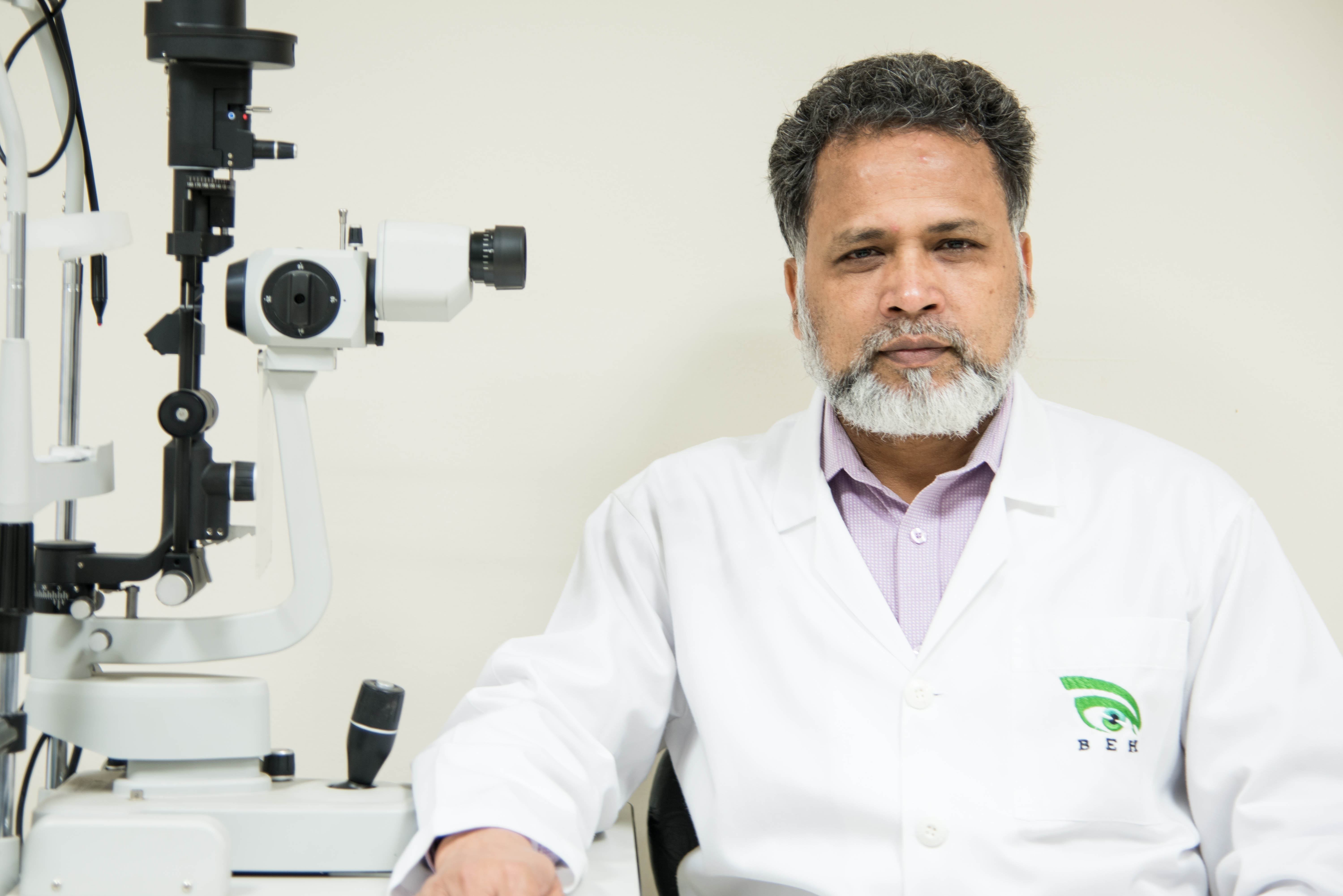
Cataract
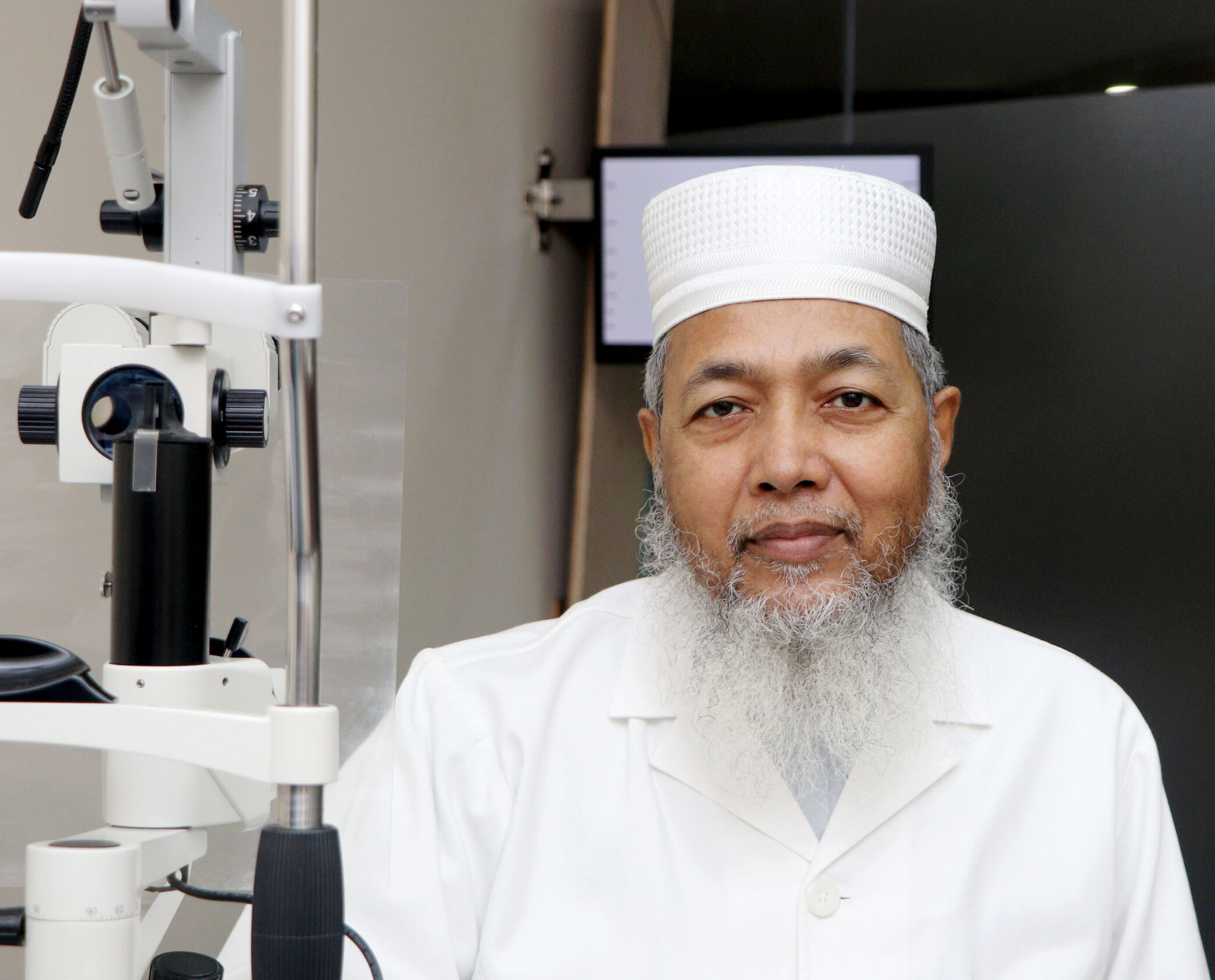
Cataract

None
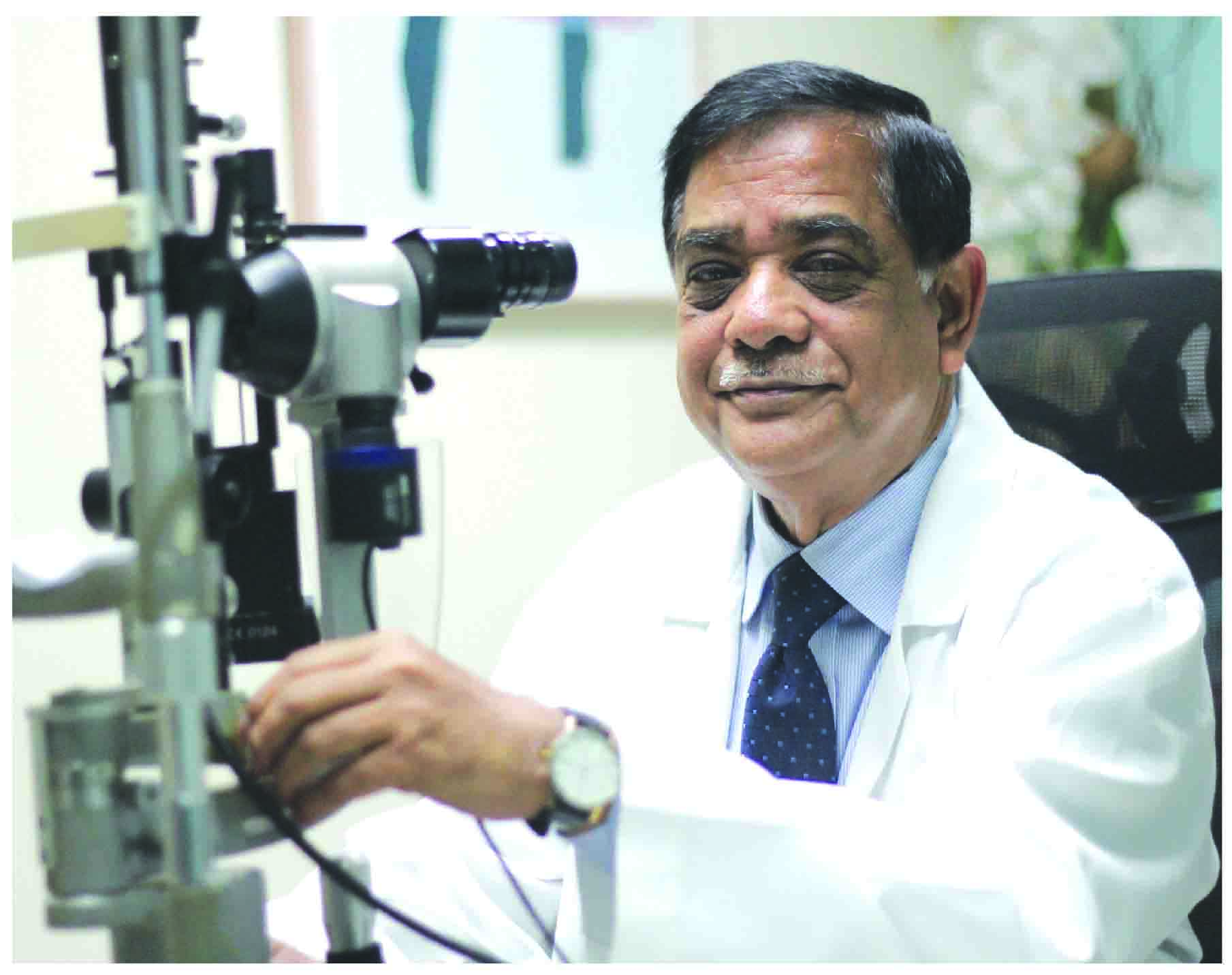
None

Cataract

Cataract
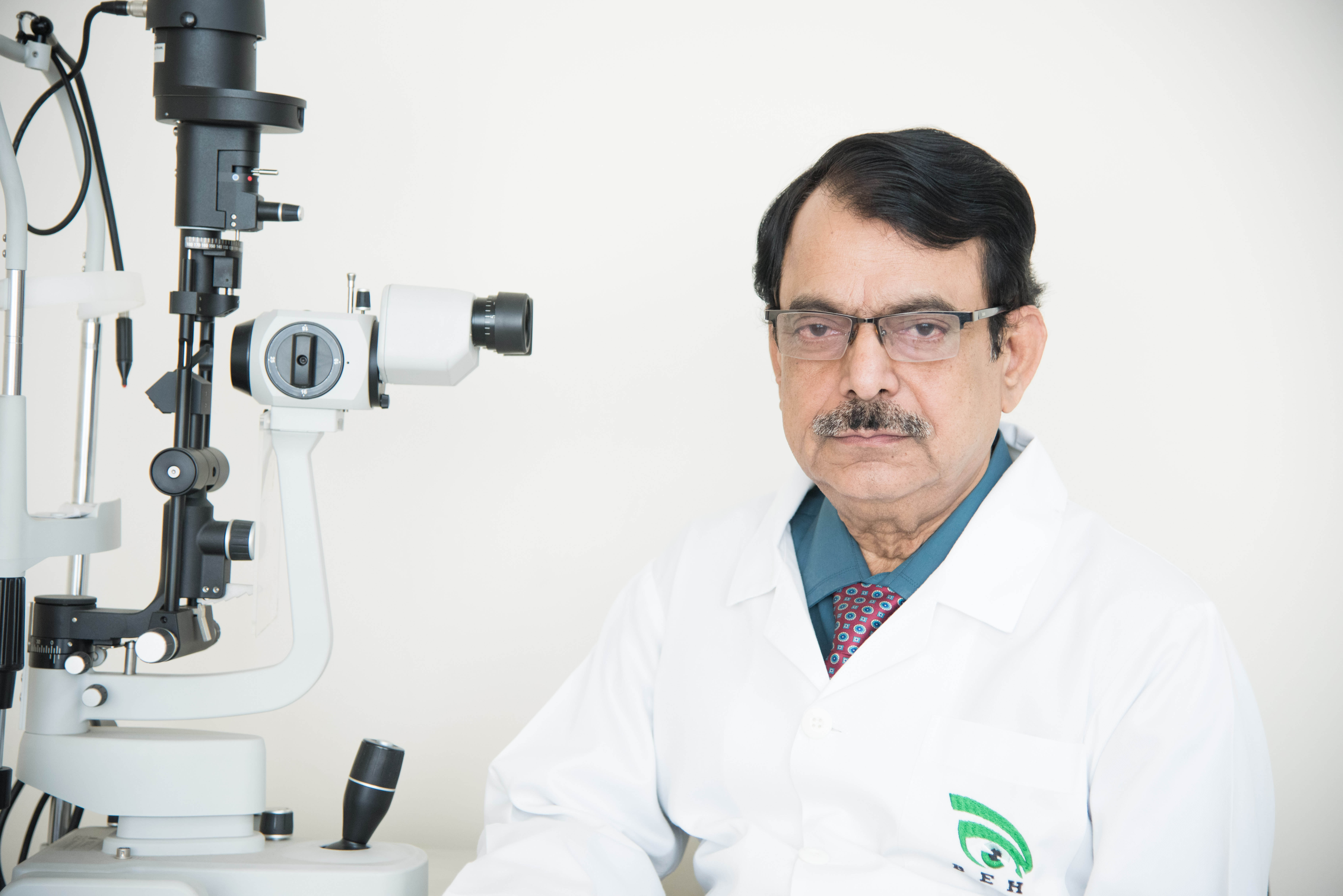
None

Cataract

Cataract

Cataract
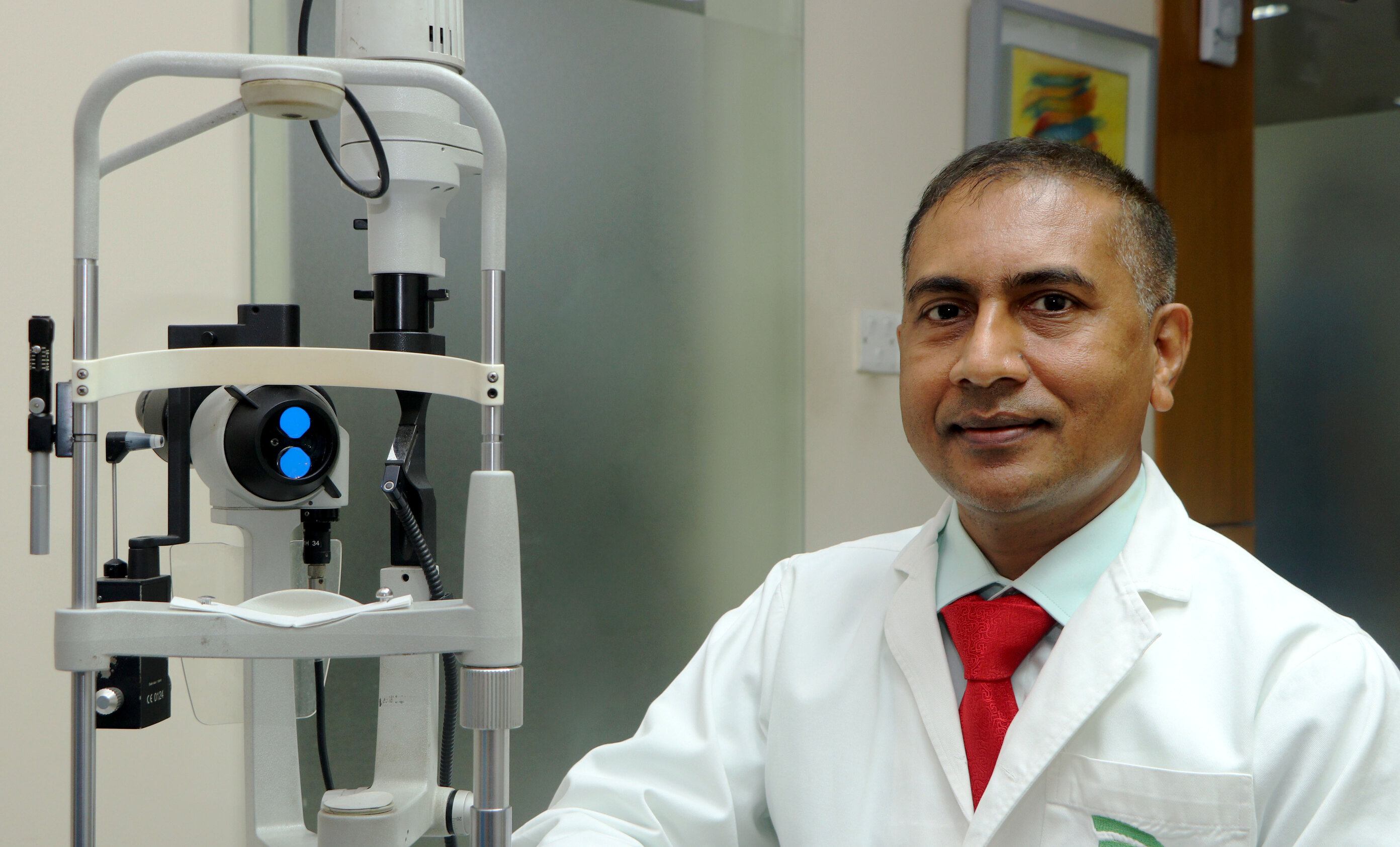
Cataract
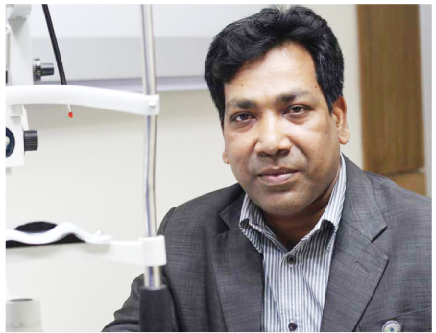
None

Cataract

Cataract
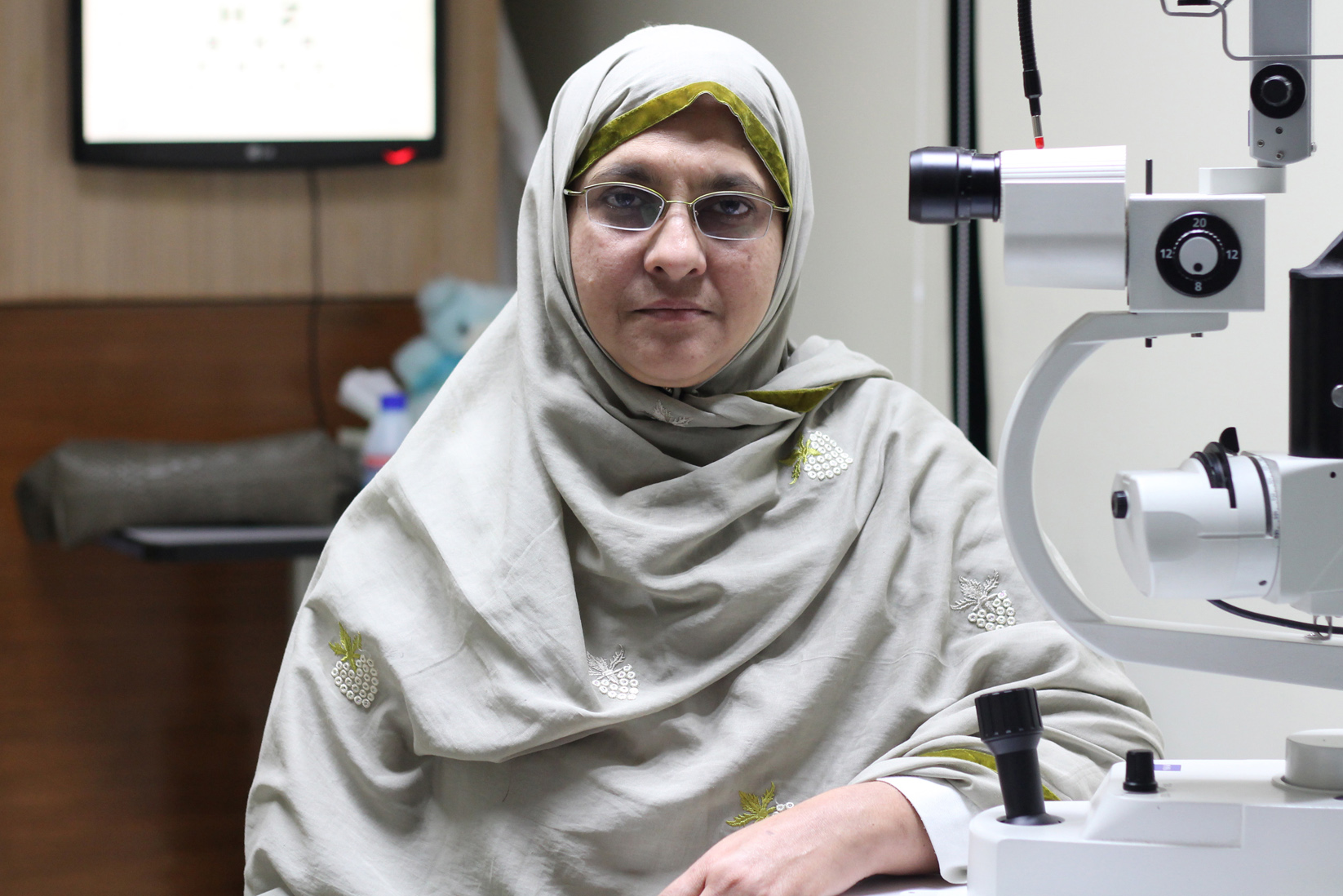
Cataract
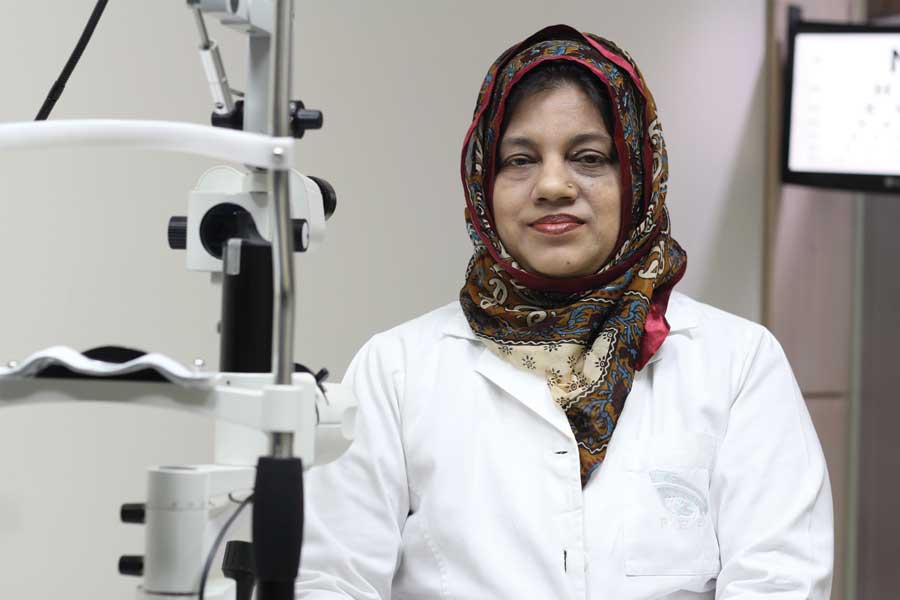
None

Cataract
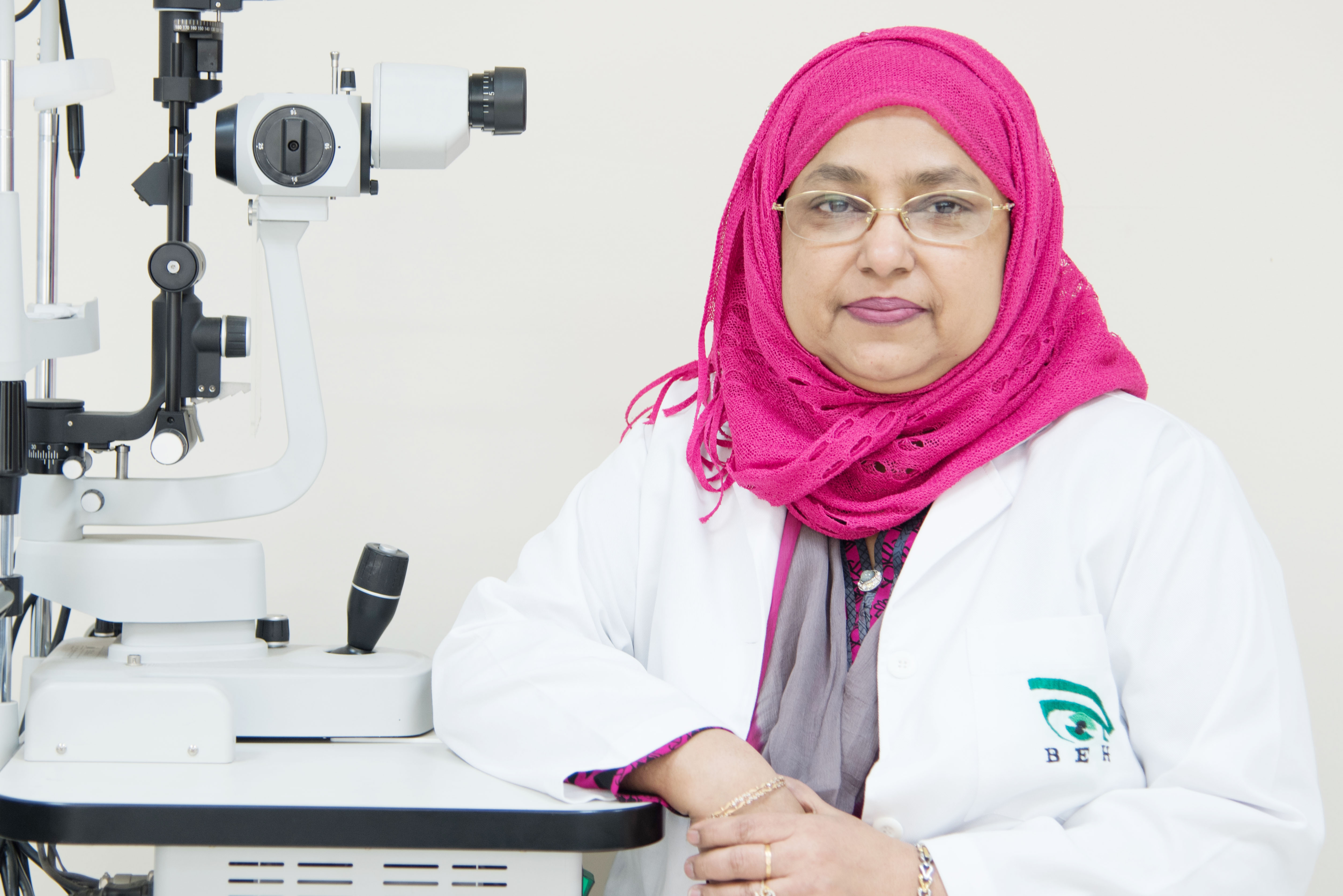
Cataract

None

Cataract

Cataract

Cataract
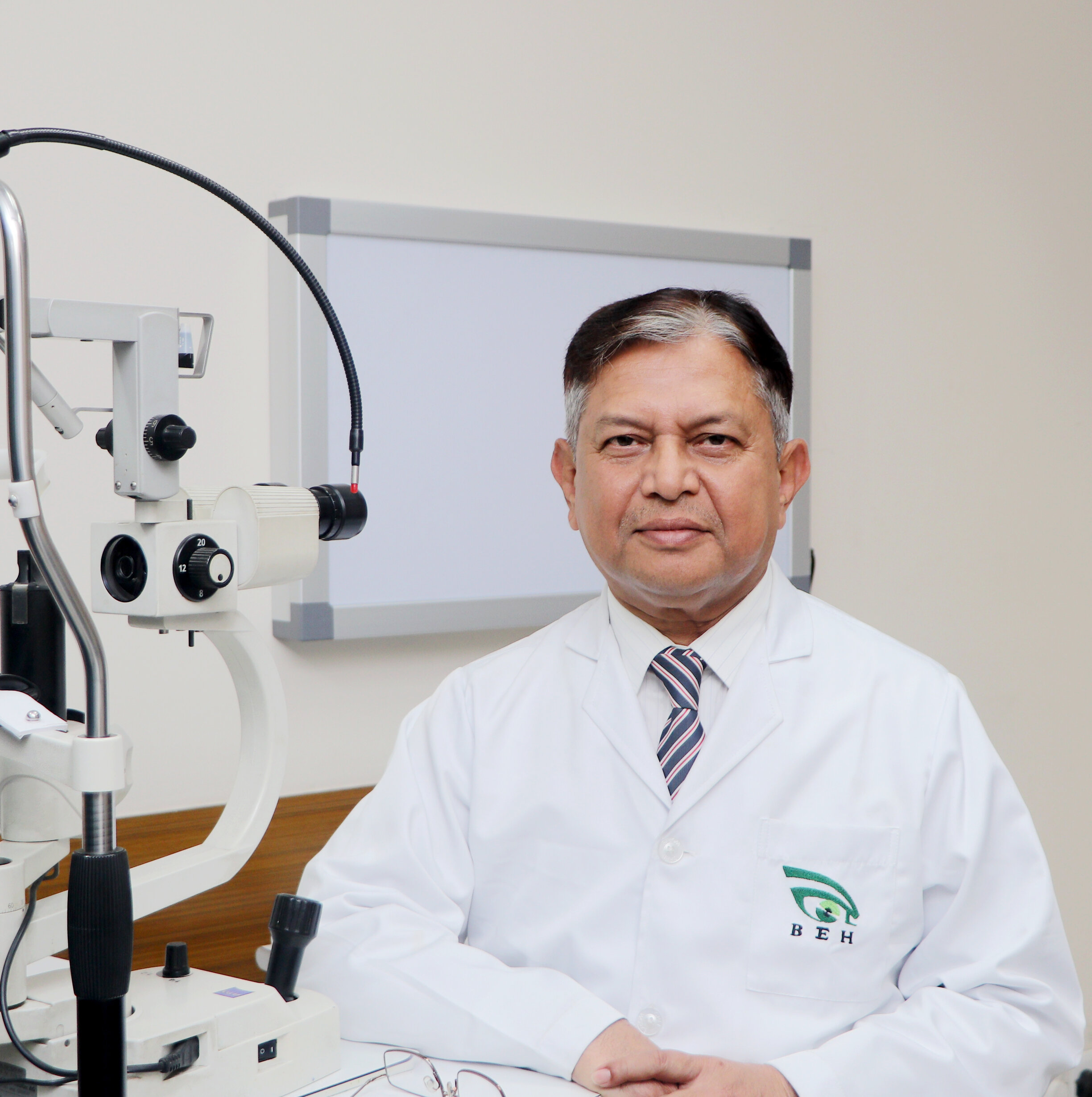
Cataract

Cataract

Cataract

Cataract

None

None

None

None

Cataract

None

Cataract

None

None

None

None

None

None

None

None

None

None

None

None

None

None

None

None

Cataract
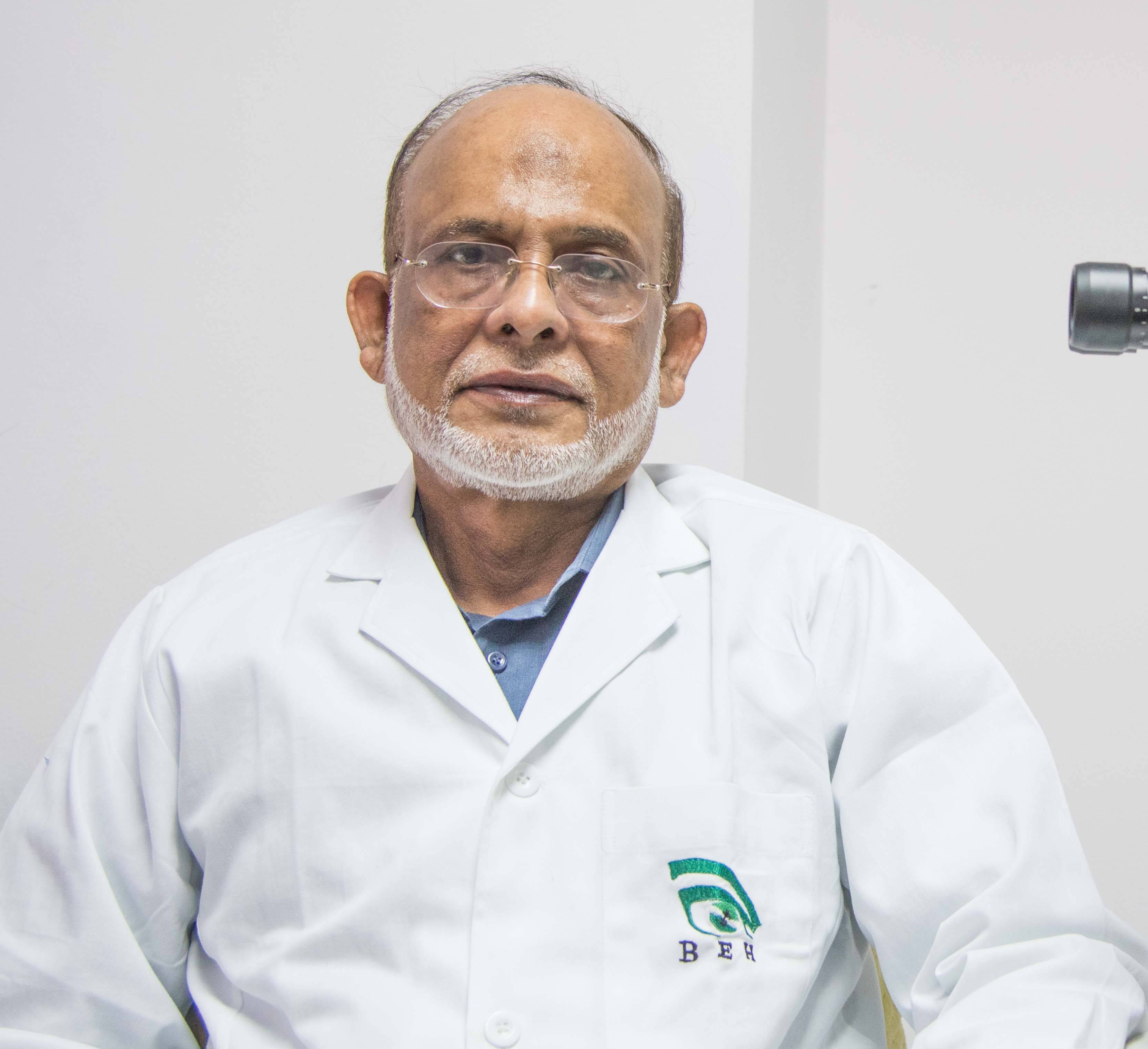
None

None

Cataract

None

None

Cataract
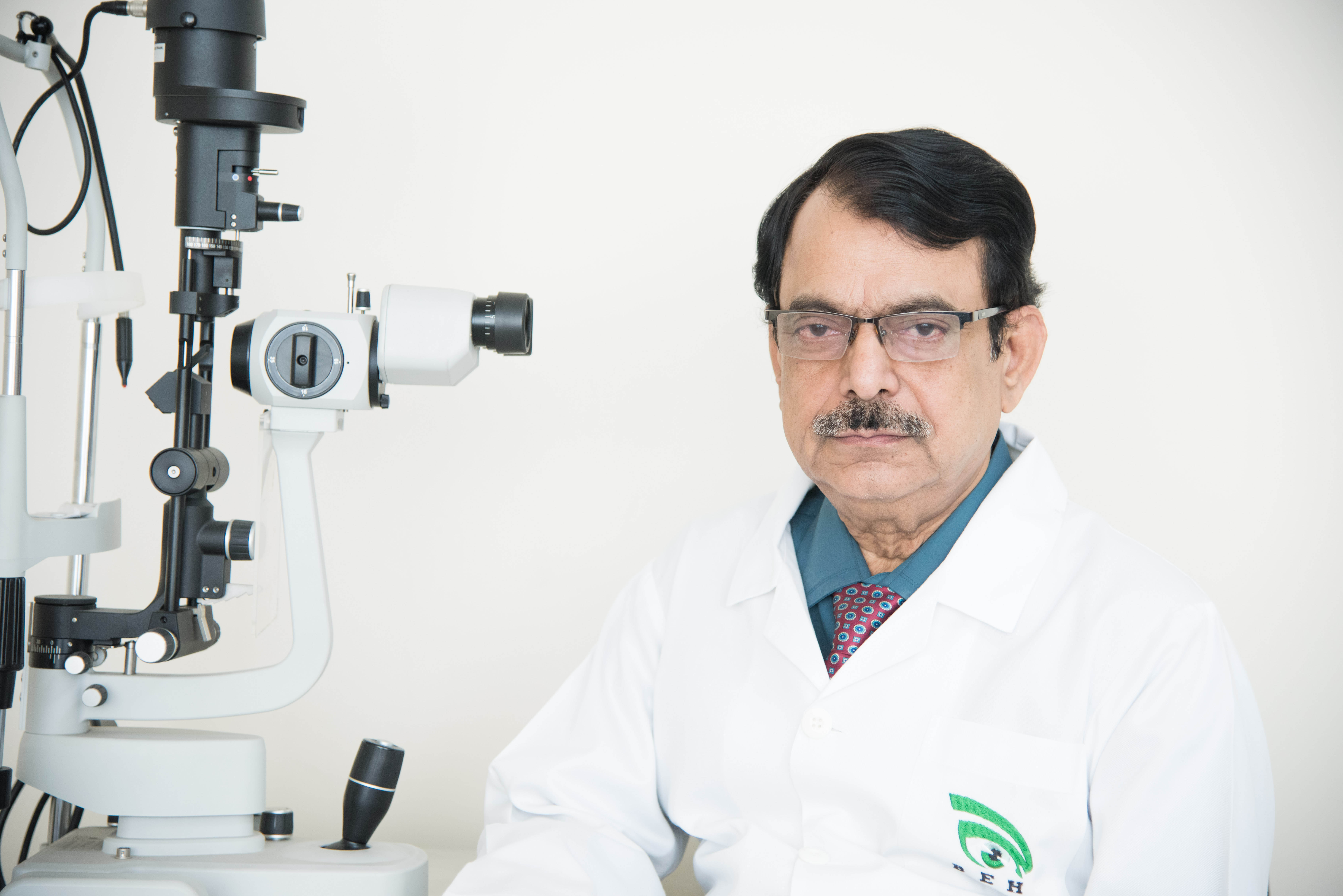
None
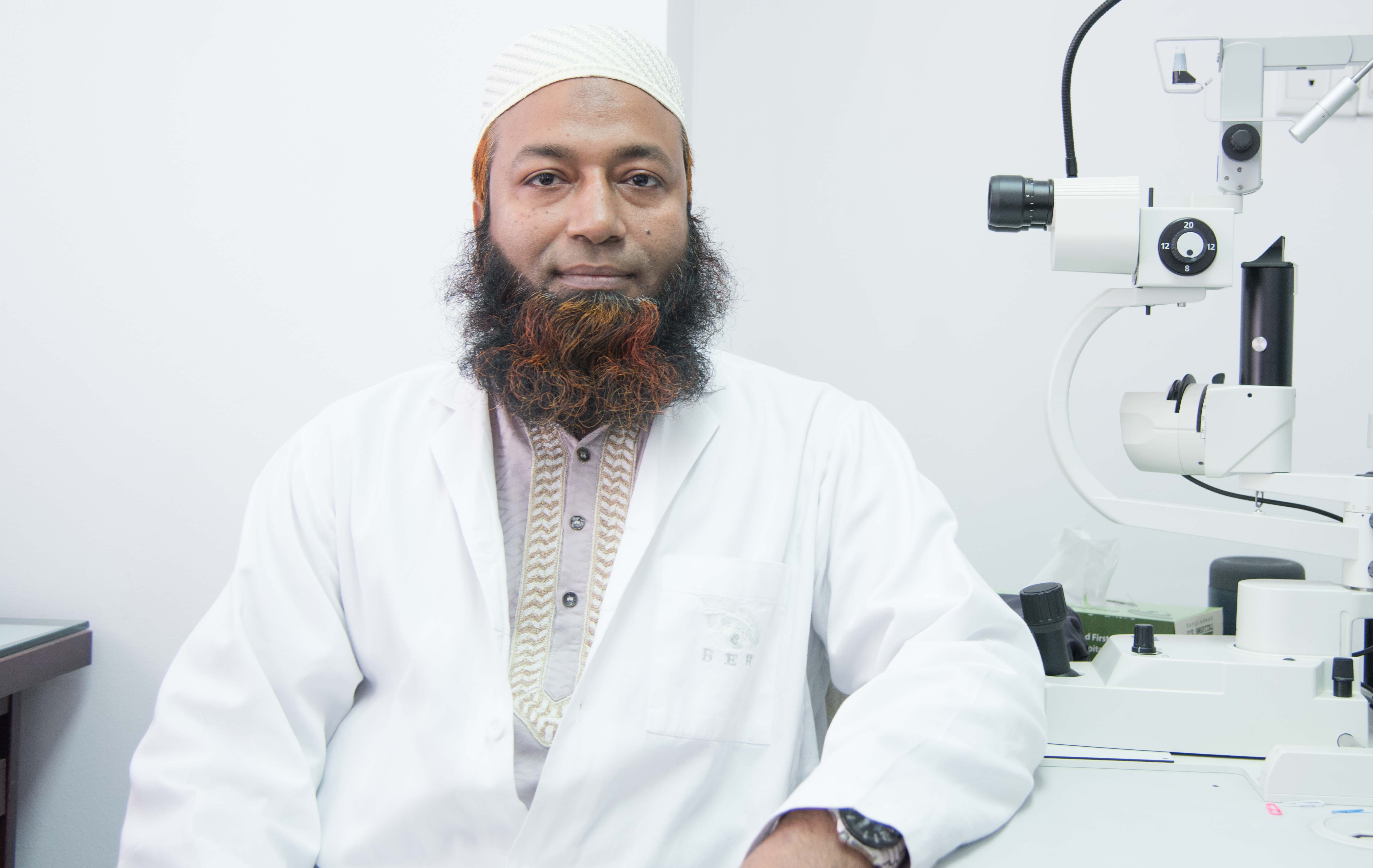
None

None

None

None

None
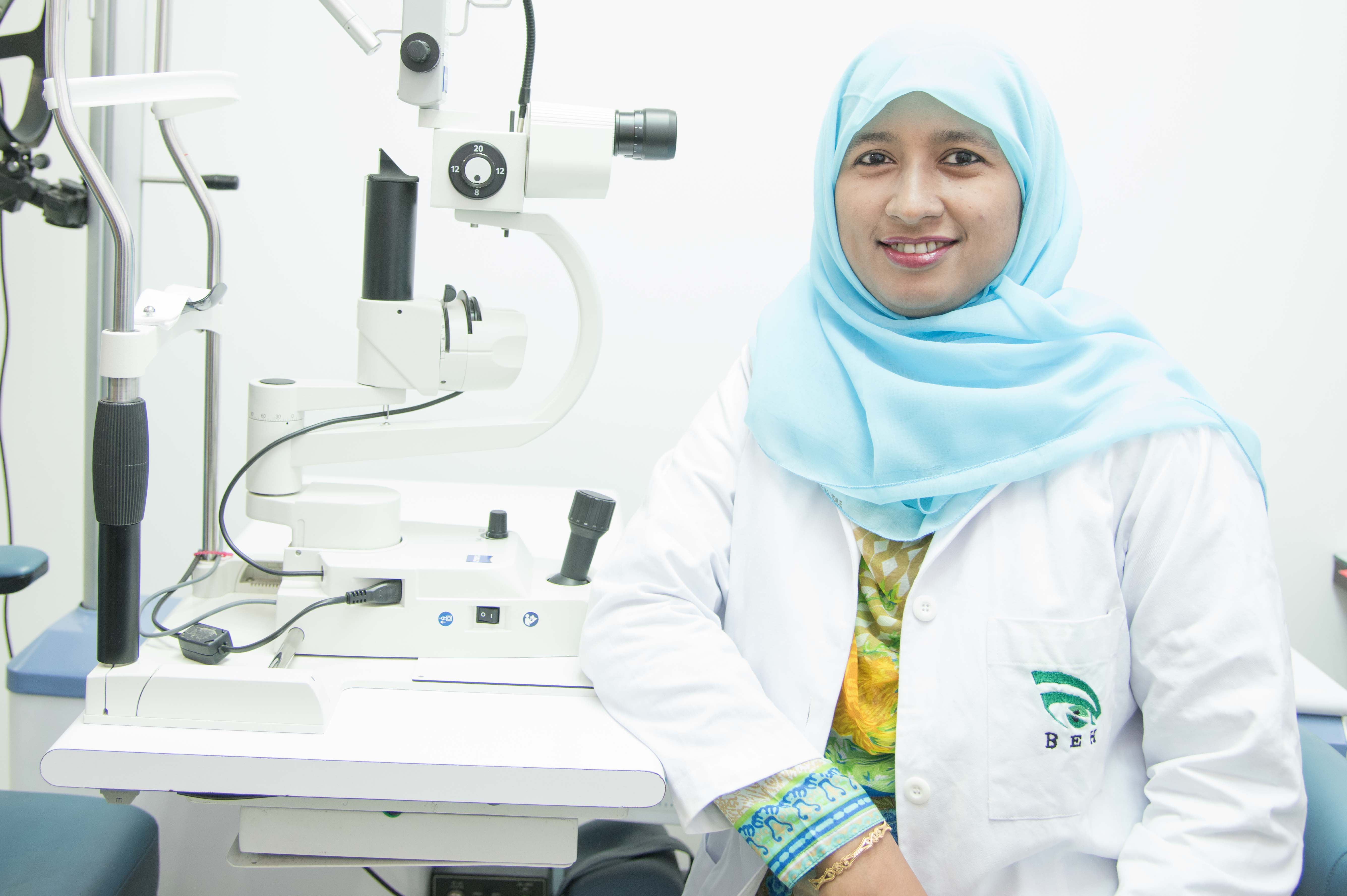
None

None

Cataract

None

None

None

None

None

None

None

None

None

None

None

None
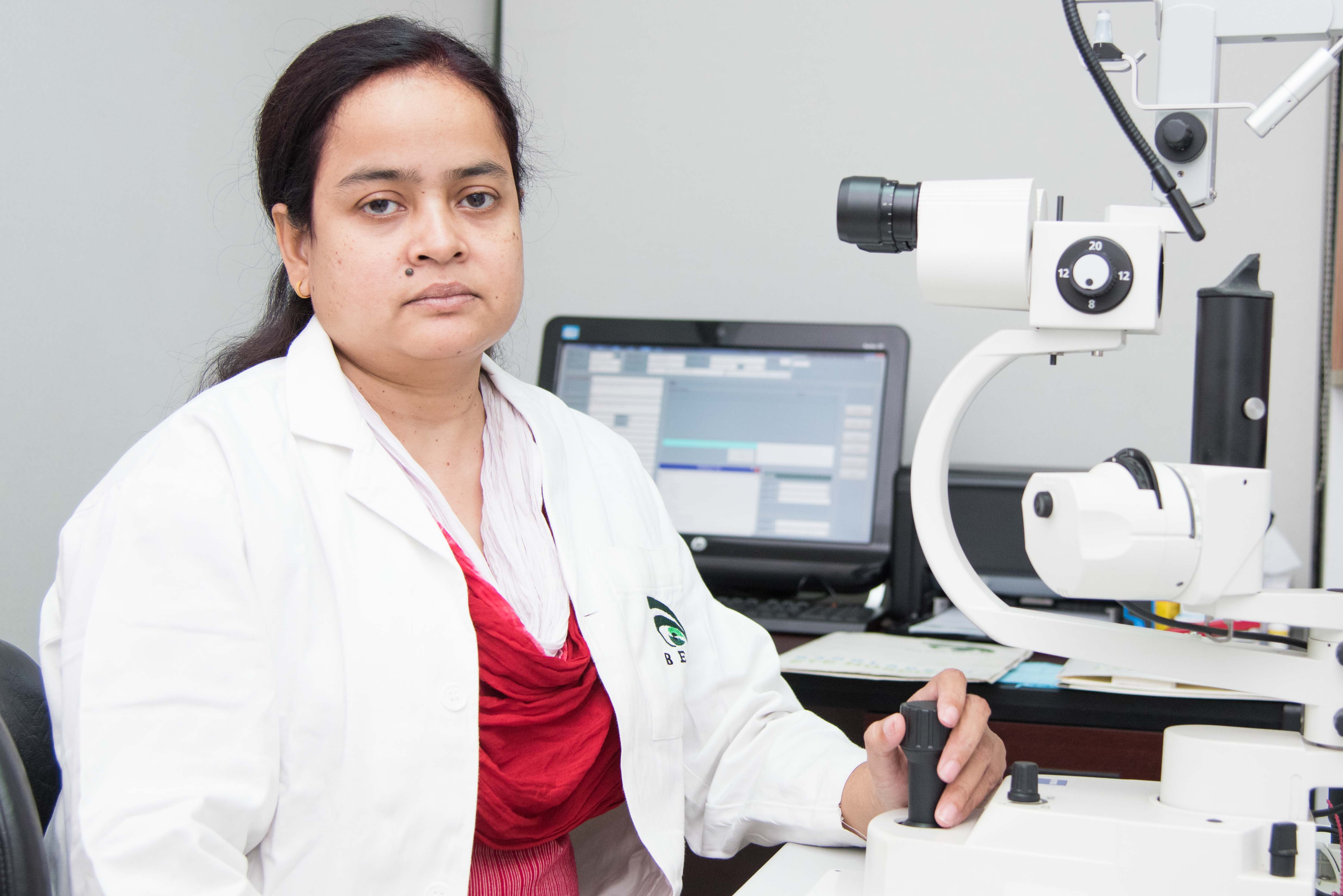
None

None

None
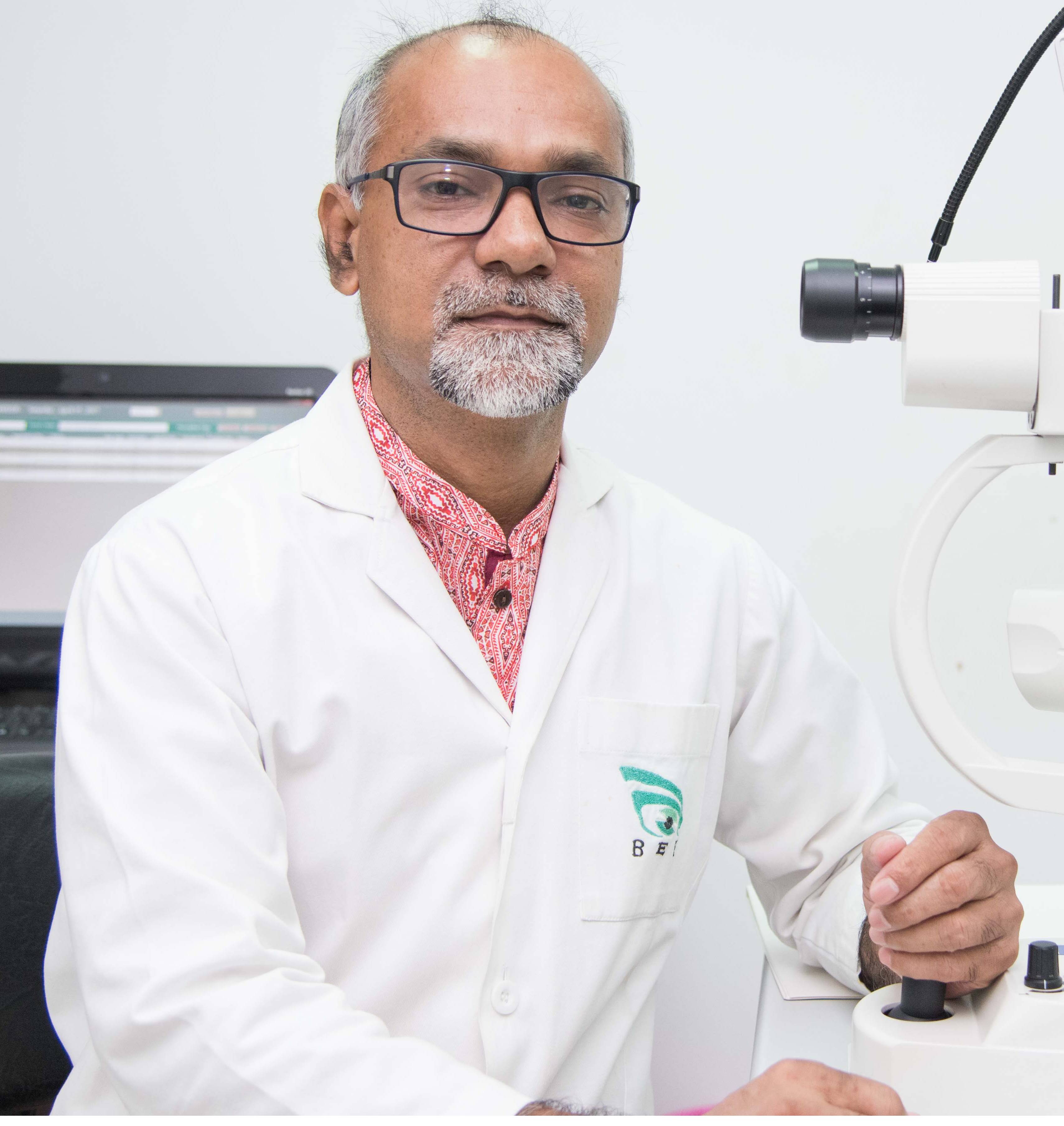
None

None

None

None
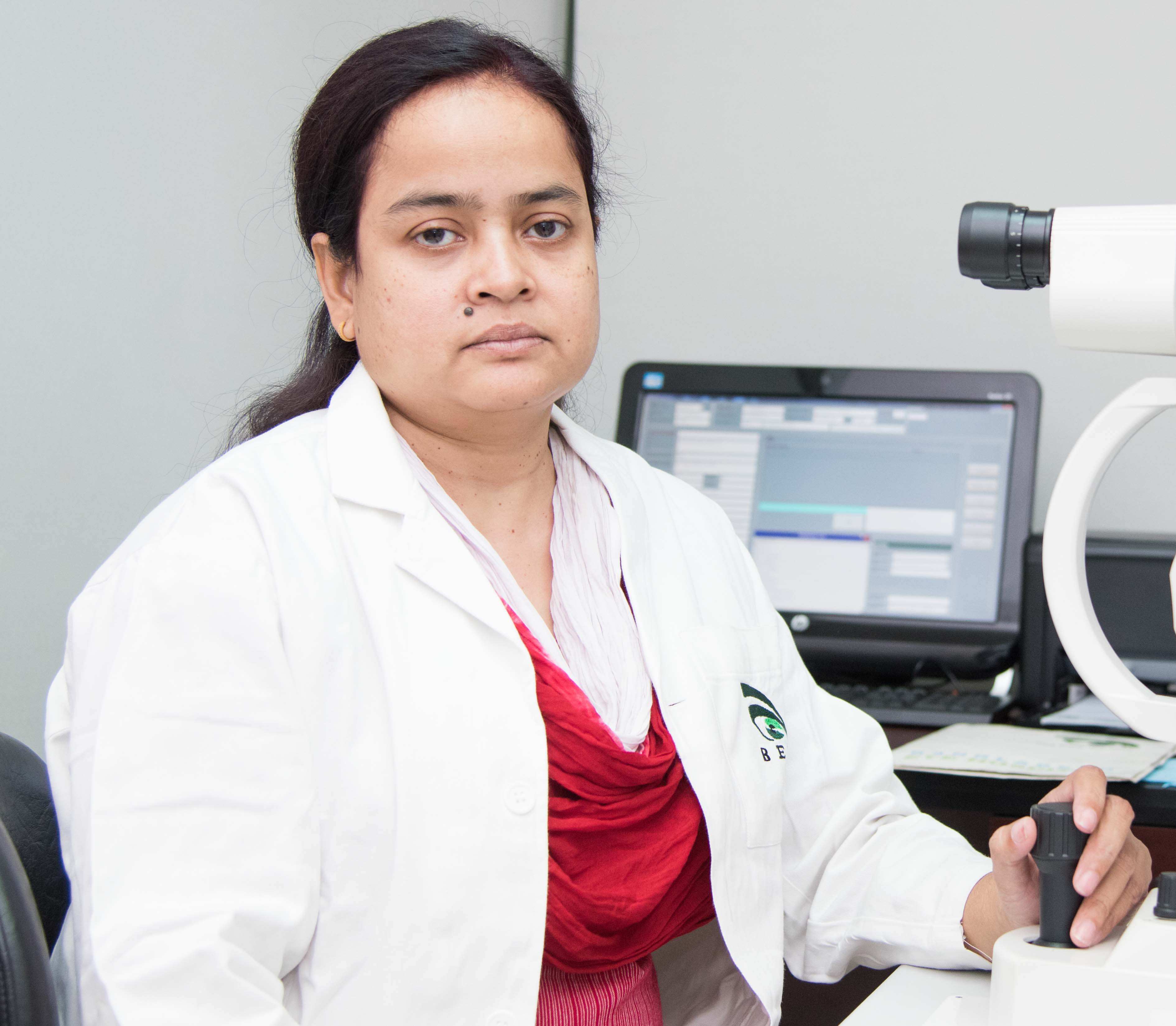
None

None

None

None

None
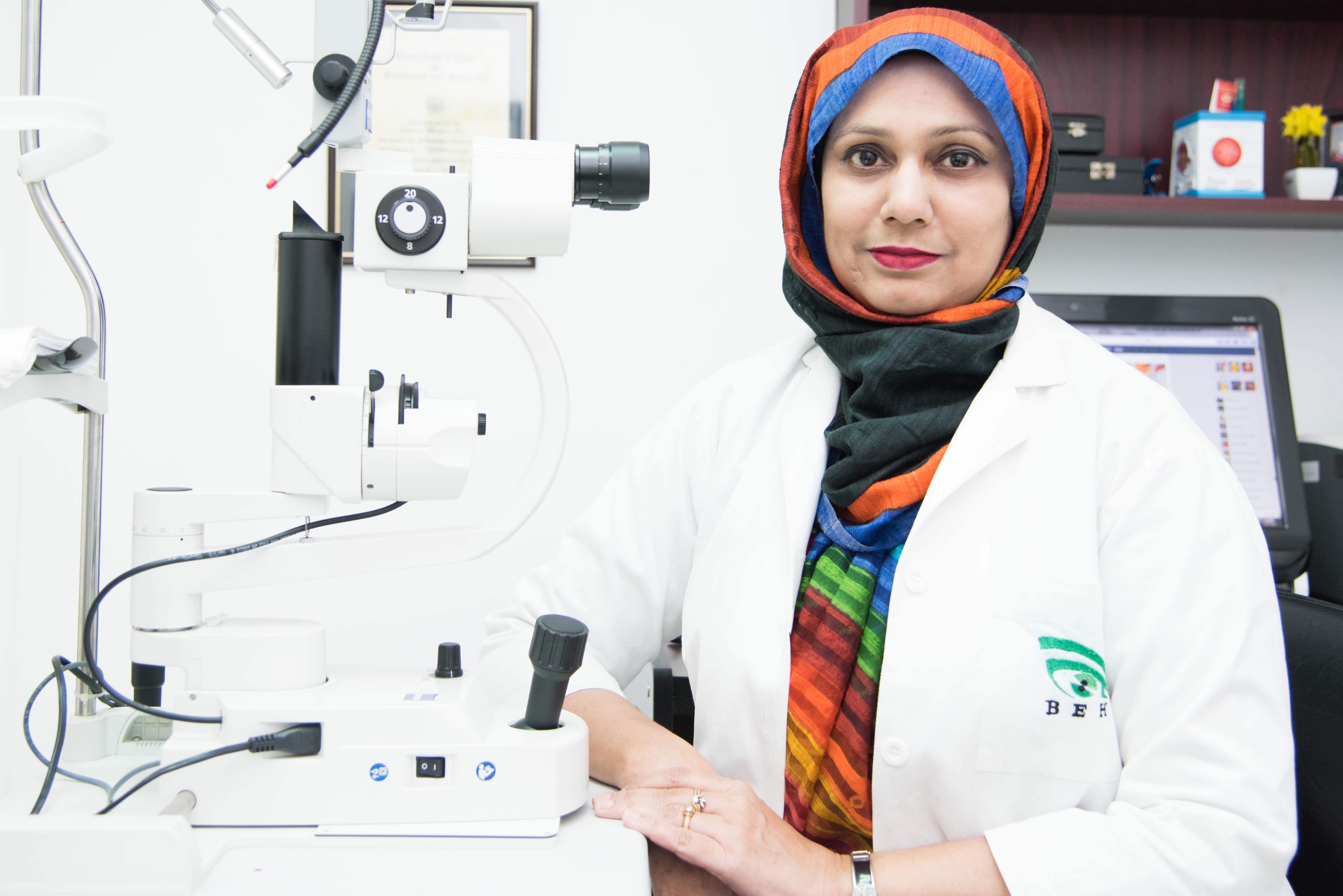
Cataract

None

None

Cataract

Cataract

None
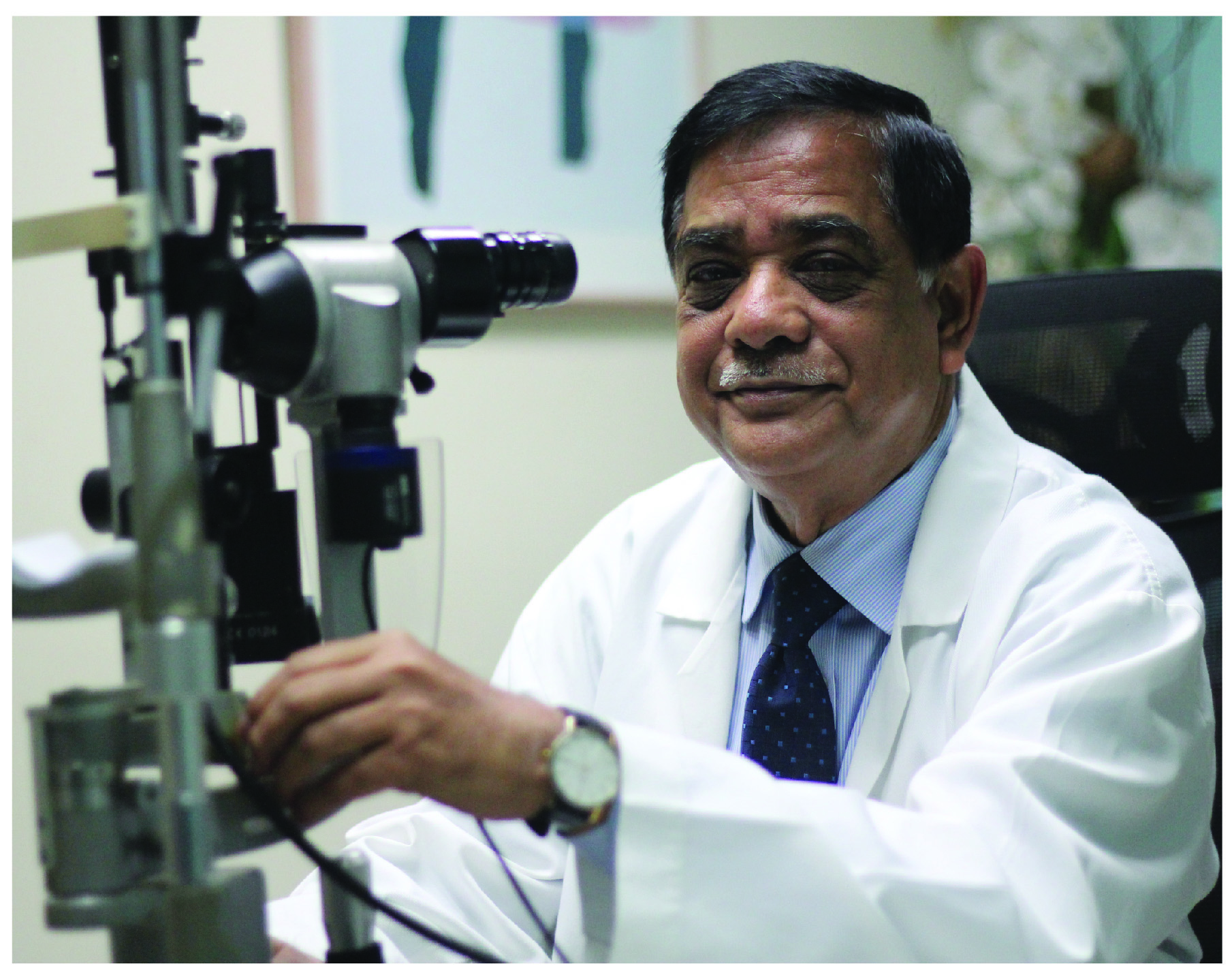
None

Cataract

Cataract

Cataract

Cataract

Cataract

None

Cataract

Cataract

Cataract

None
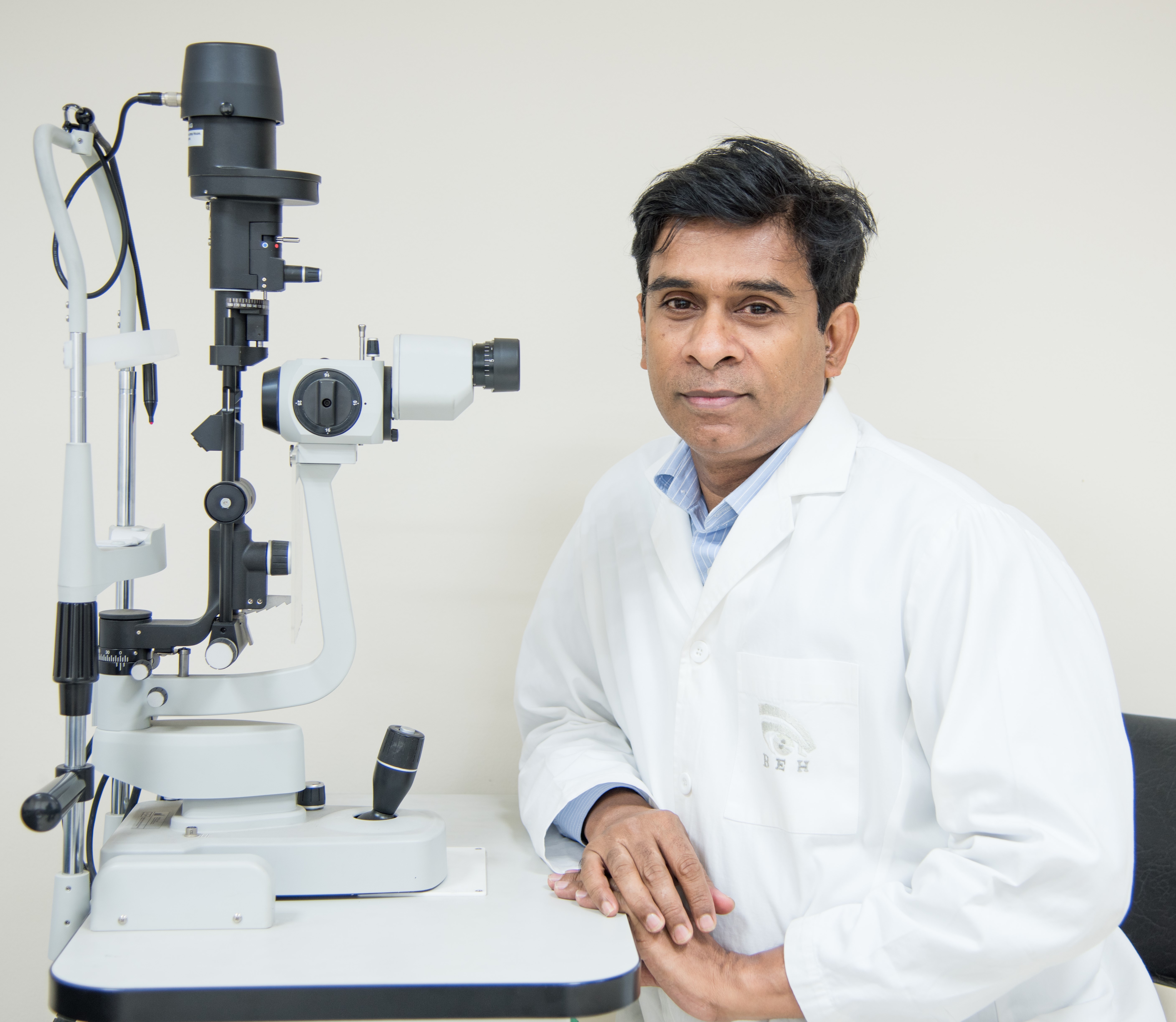
None
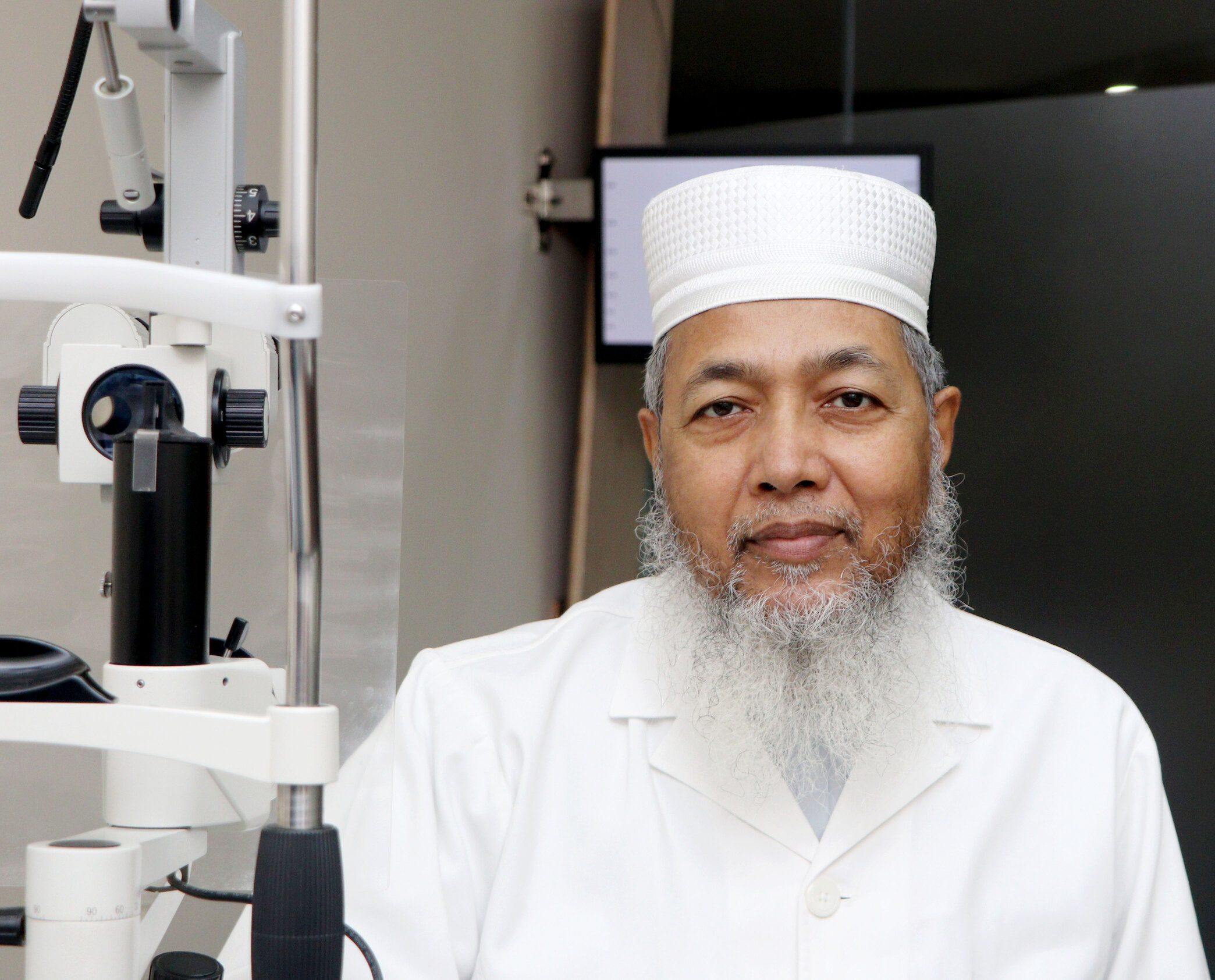
Cataract

Cataract

Cataract
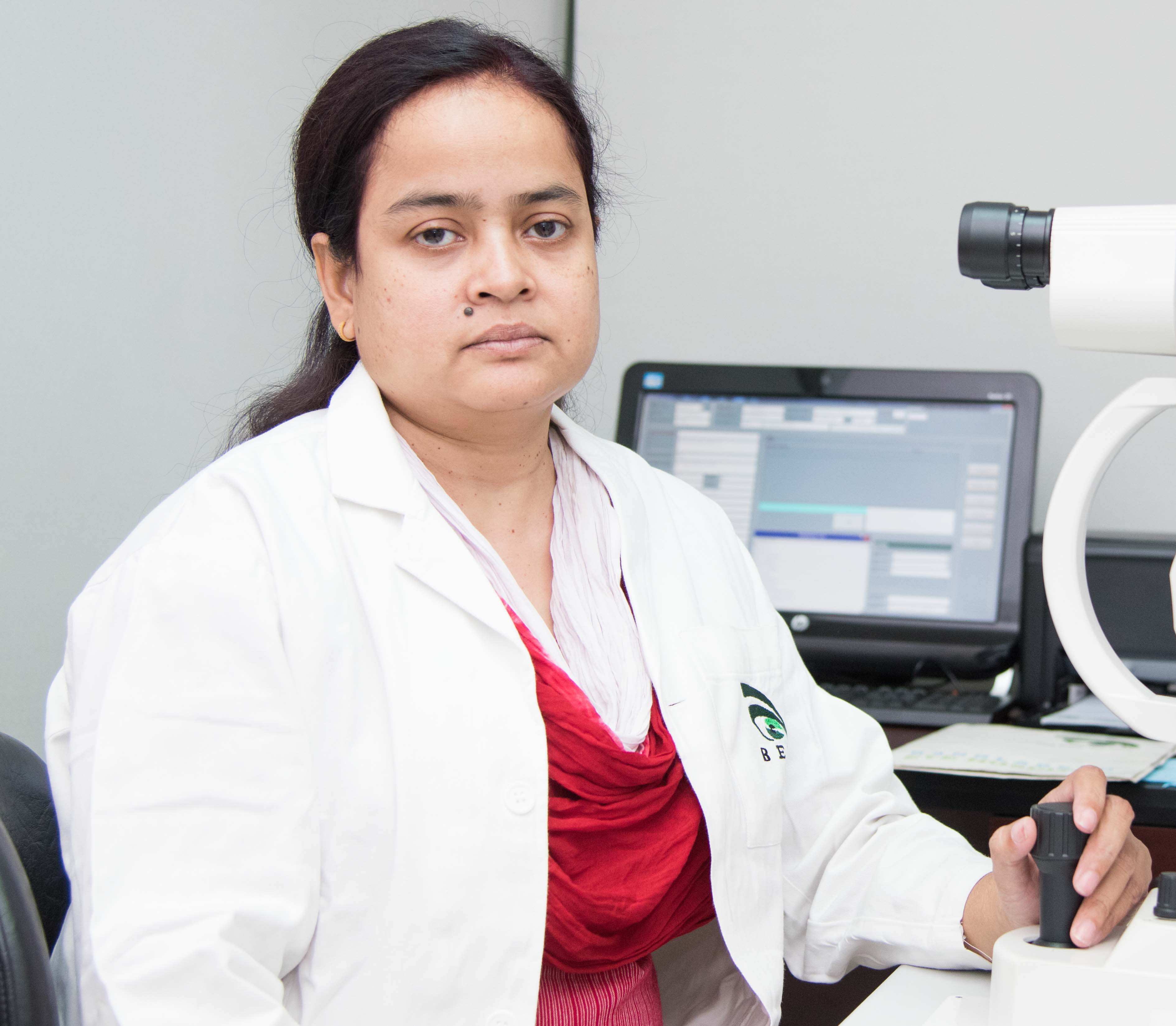
None

Cataract
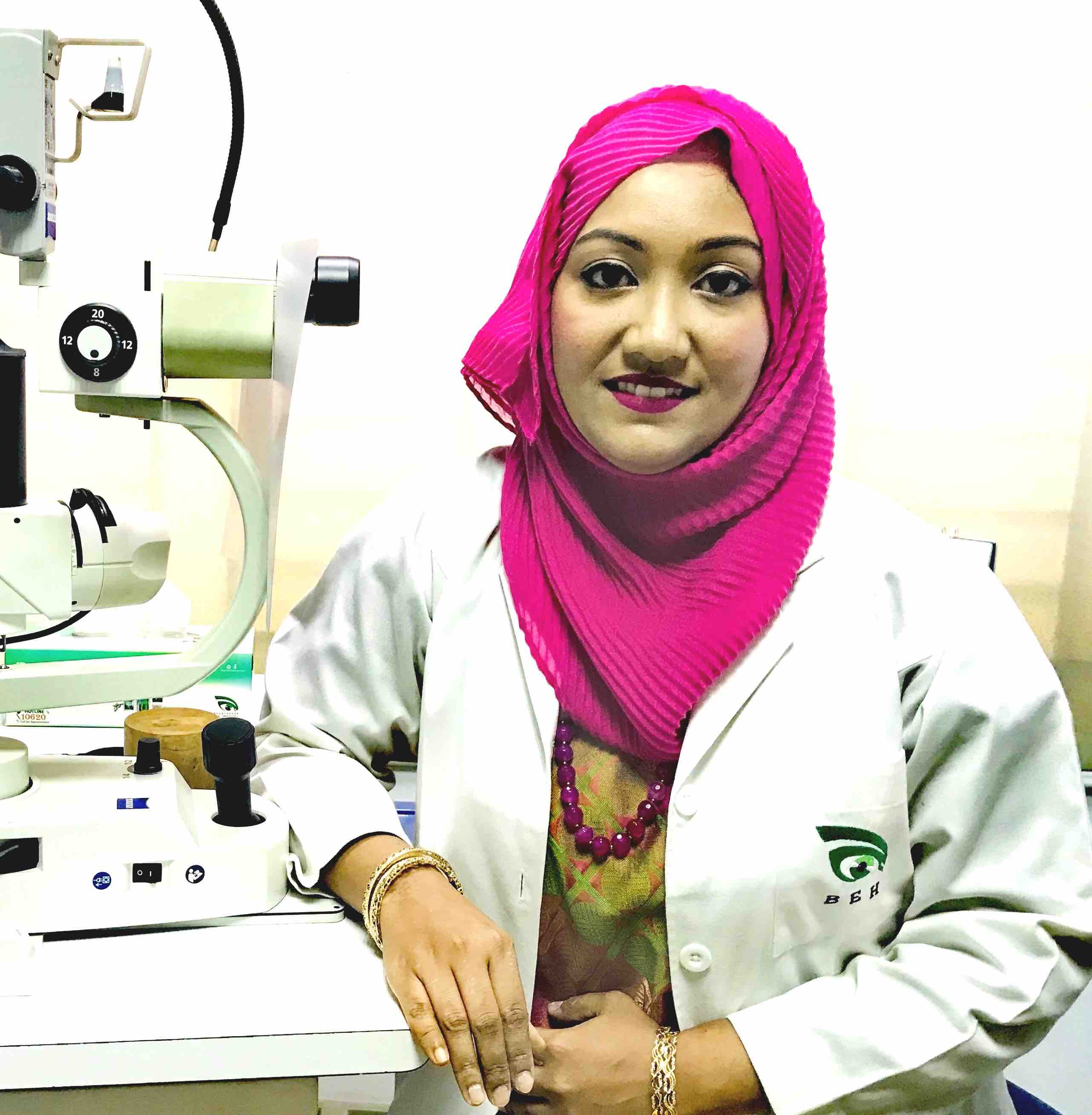
None
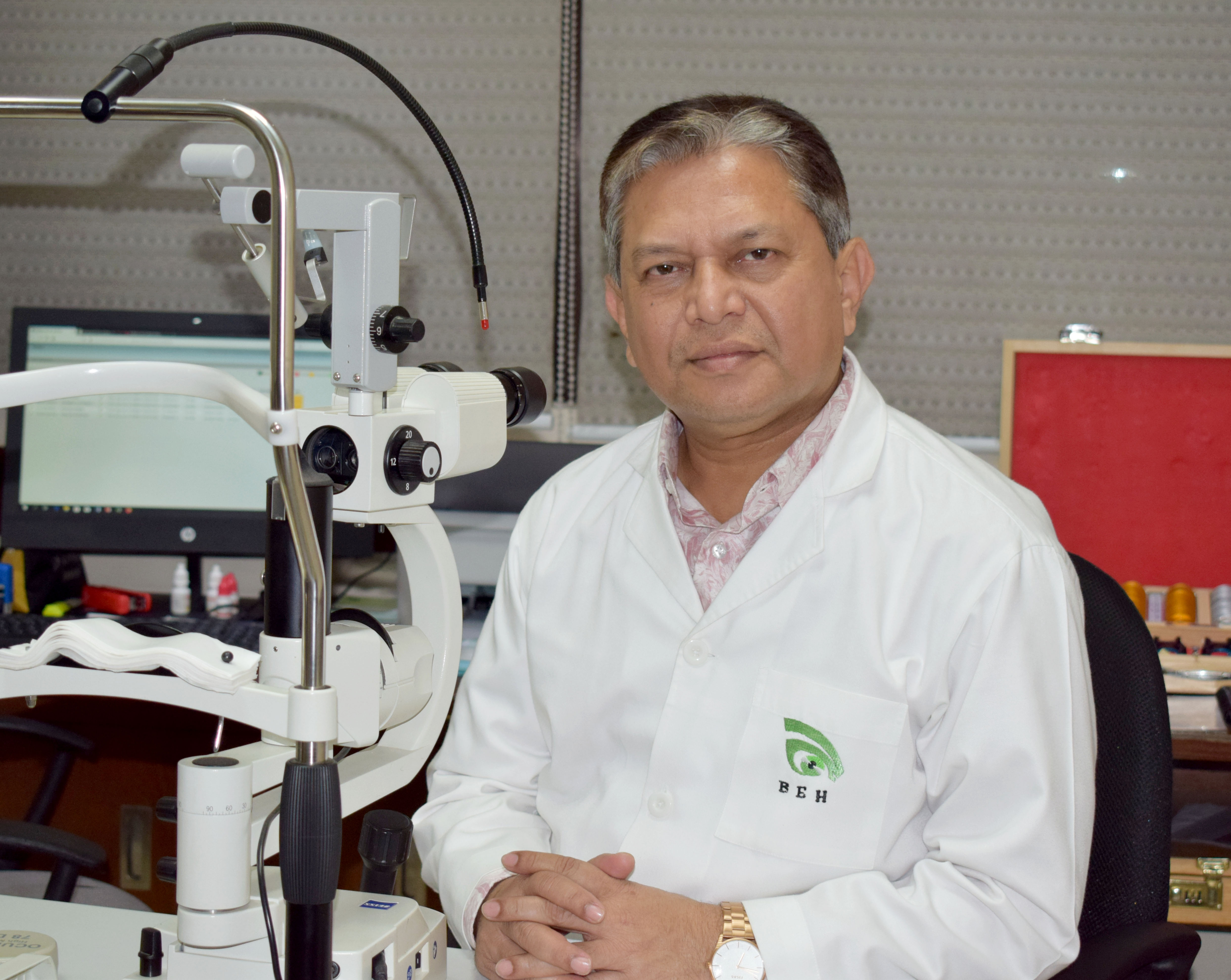
None

Cataract

None

None

None

None

None
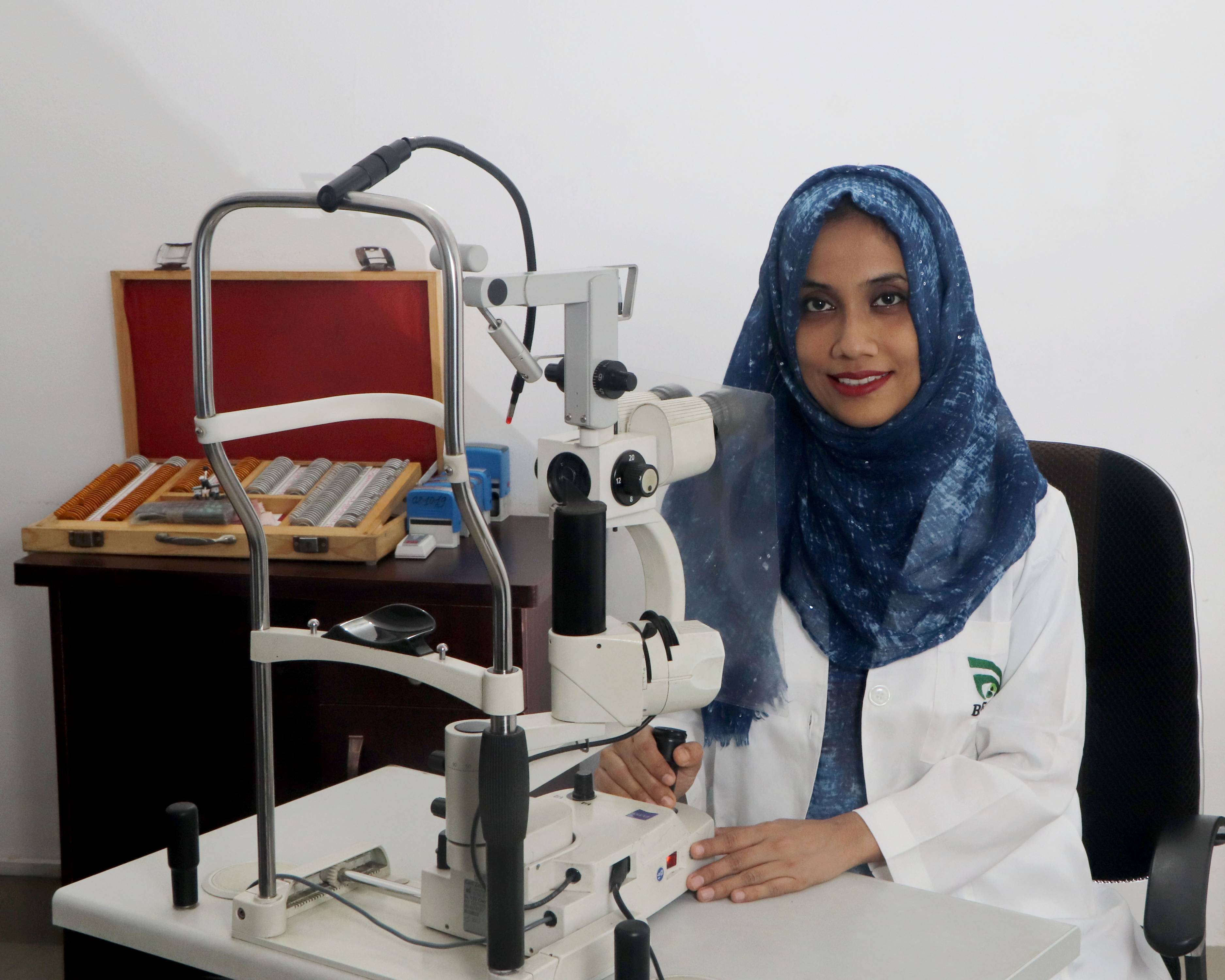
None
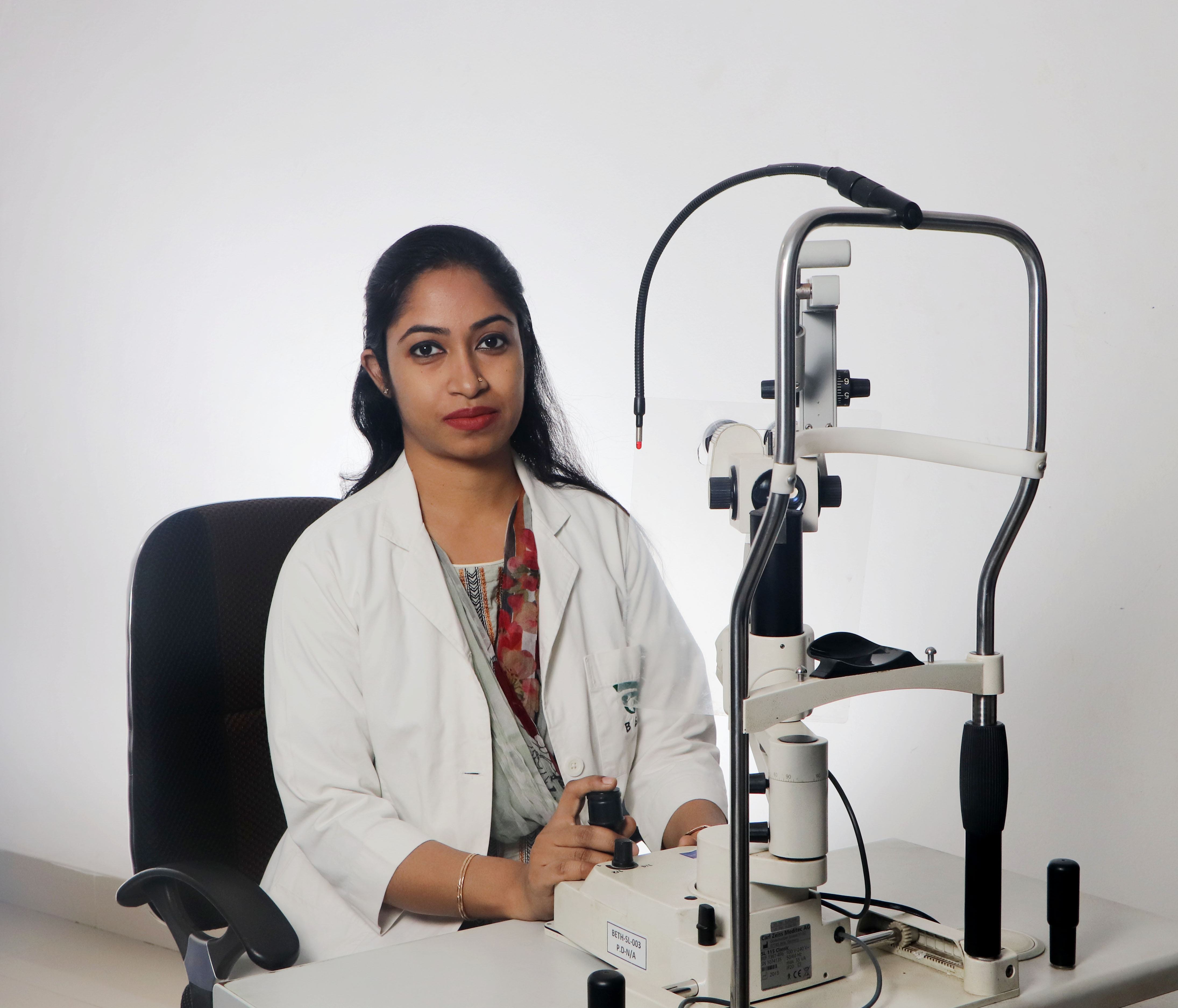
None

Cataract

Cataract

Cataract

Cataract

Cataract

Cataract

None

None

None

None

None

None

None

None

None

Cataract

Cataract

Cataract

Cataract
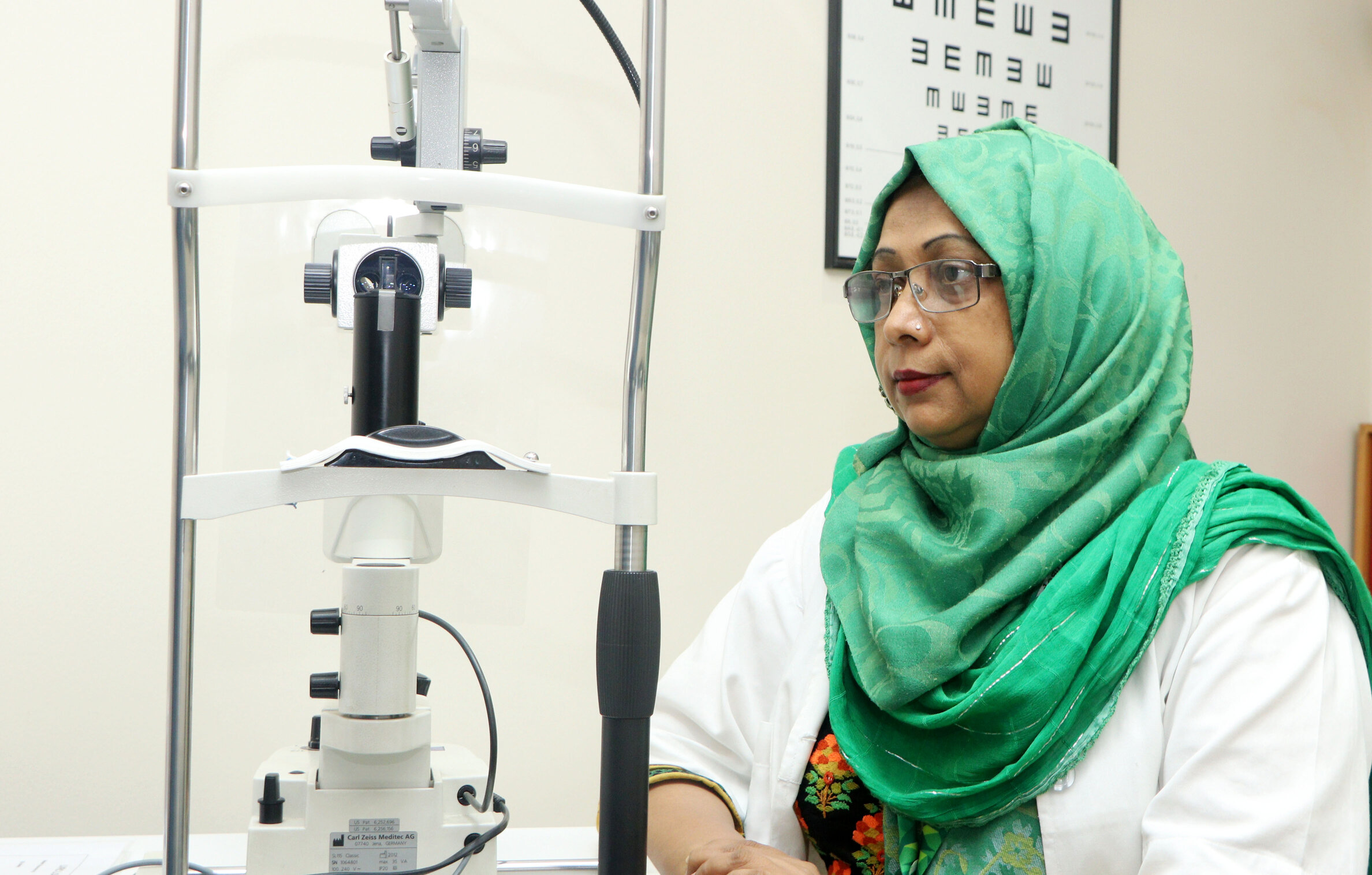
None
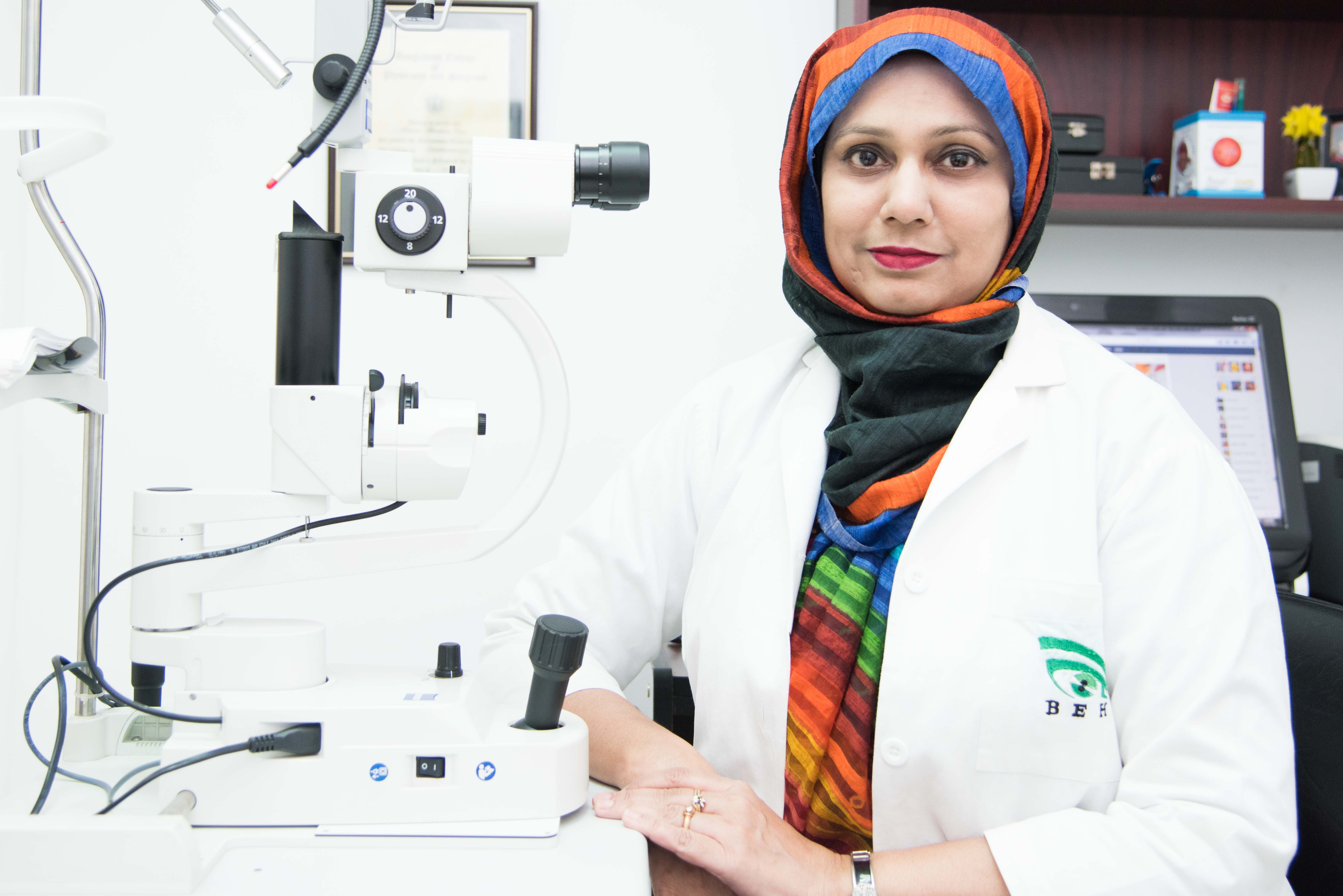
Cataract

None

Cataract

Cataract

Cataract

Cataract

None

None

None

None

None
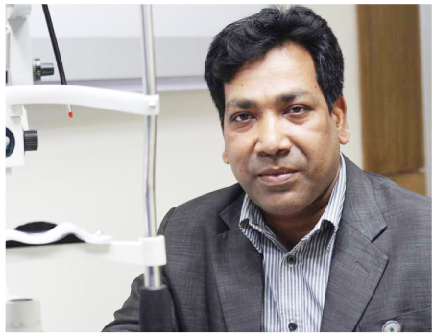
None

None

Cataract
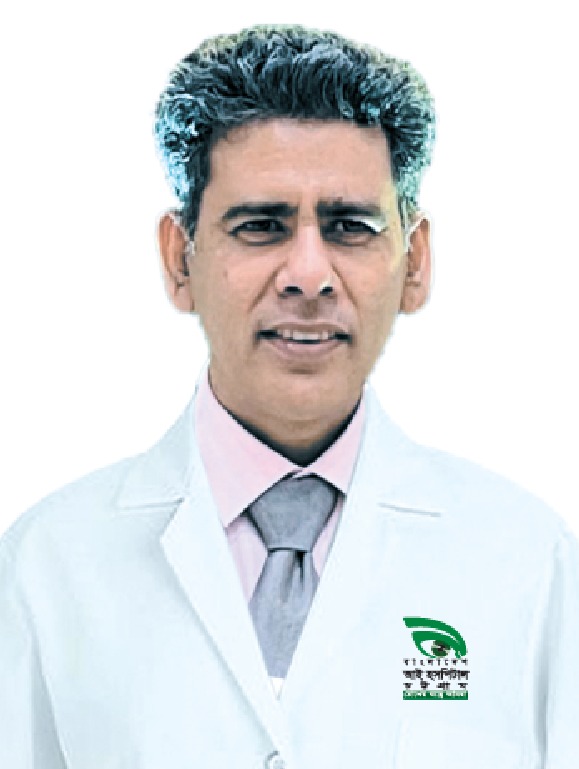
None

None
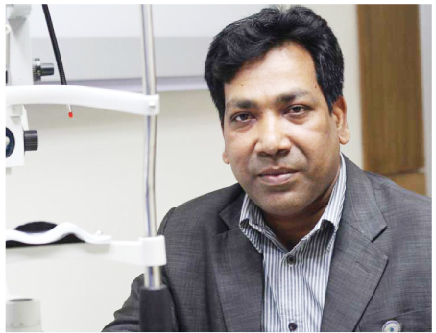
None

None

None

None
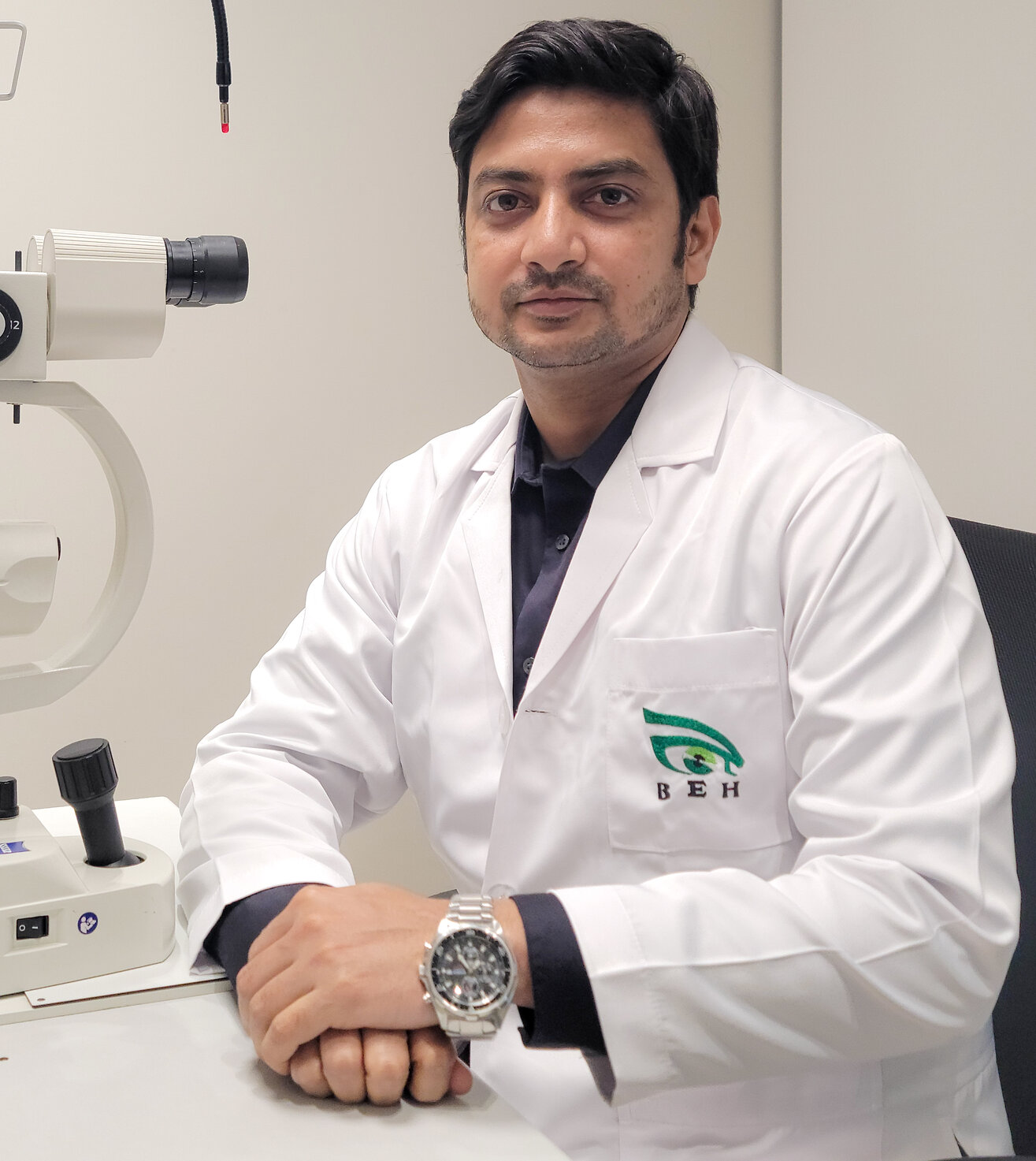
None

None

None
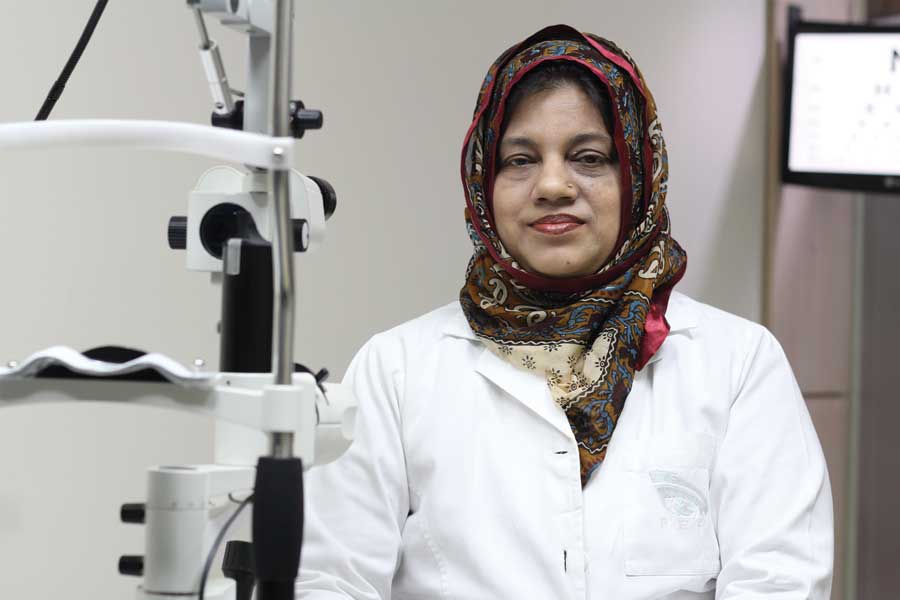
None

None

Cataract
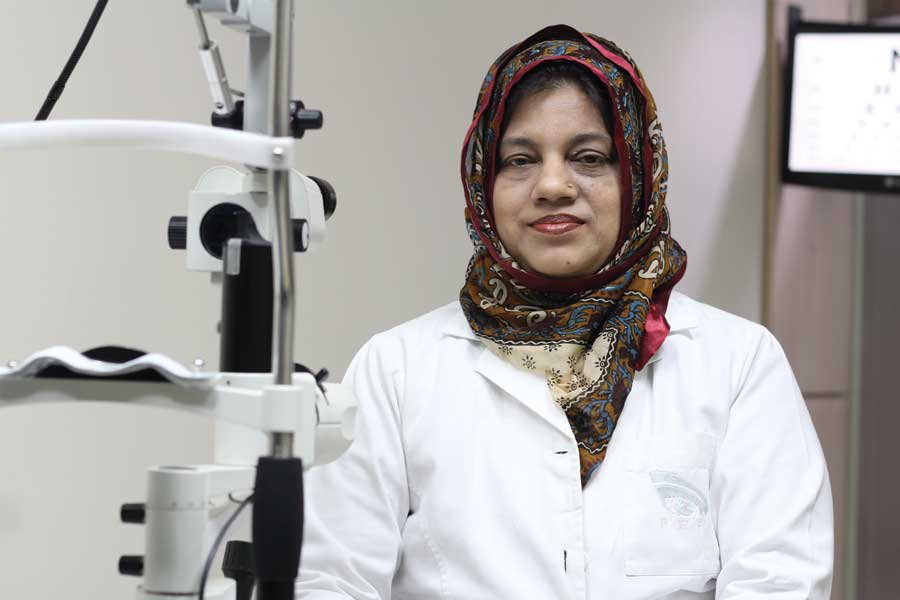
None
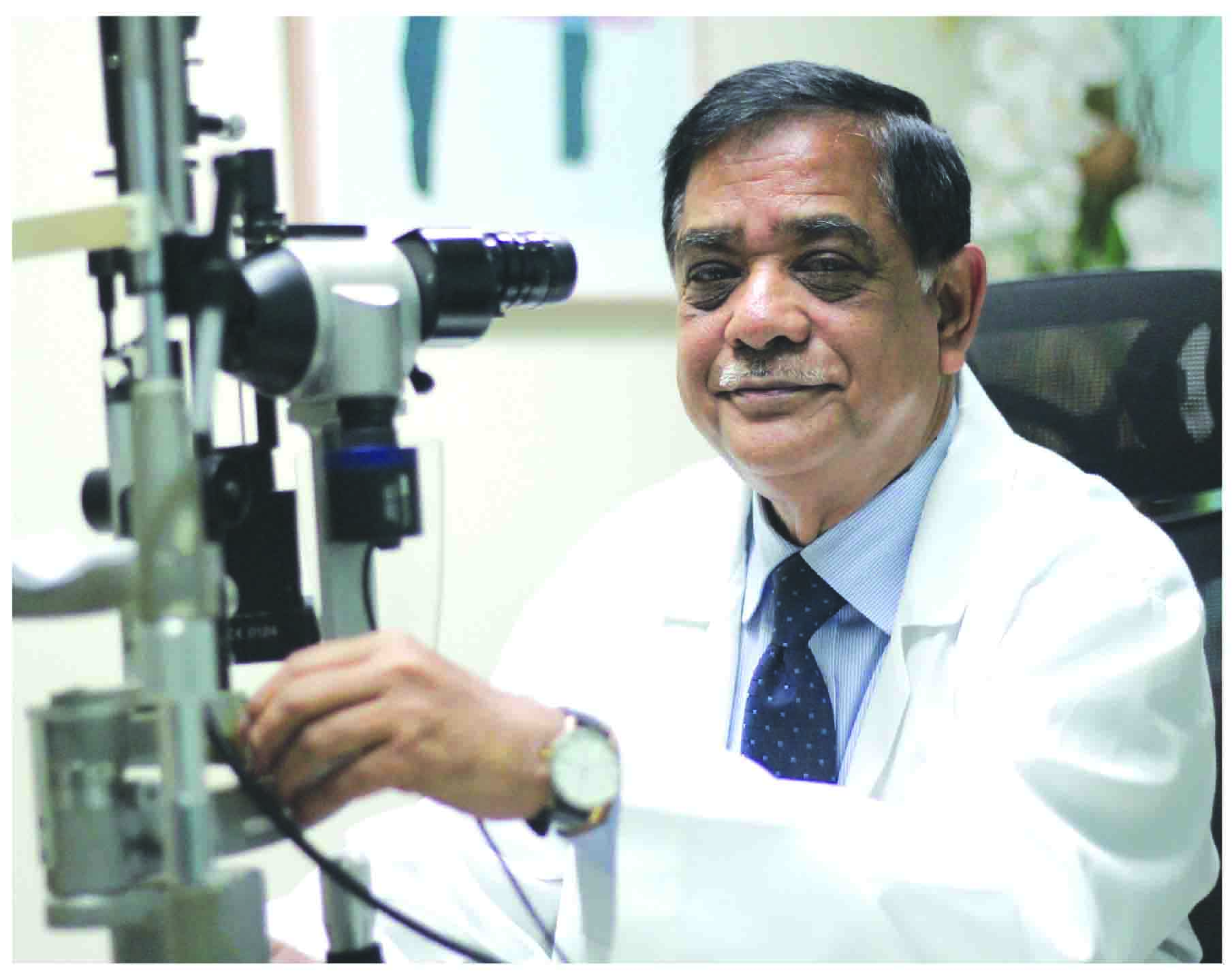
None
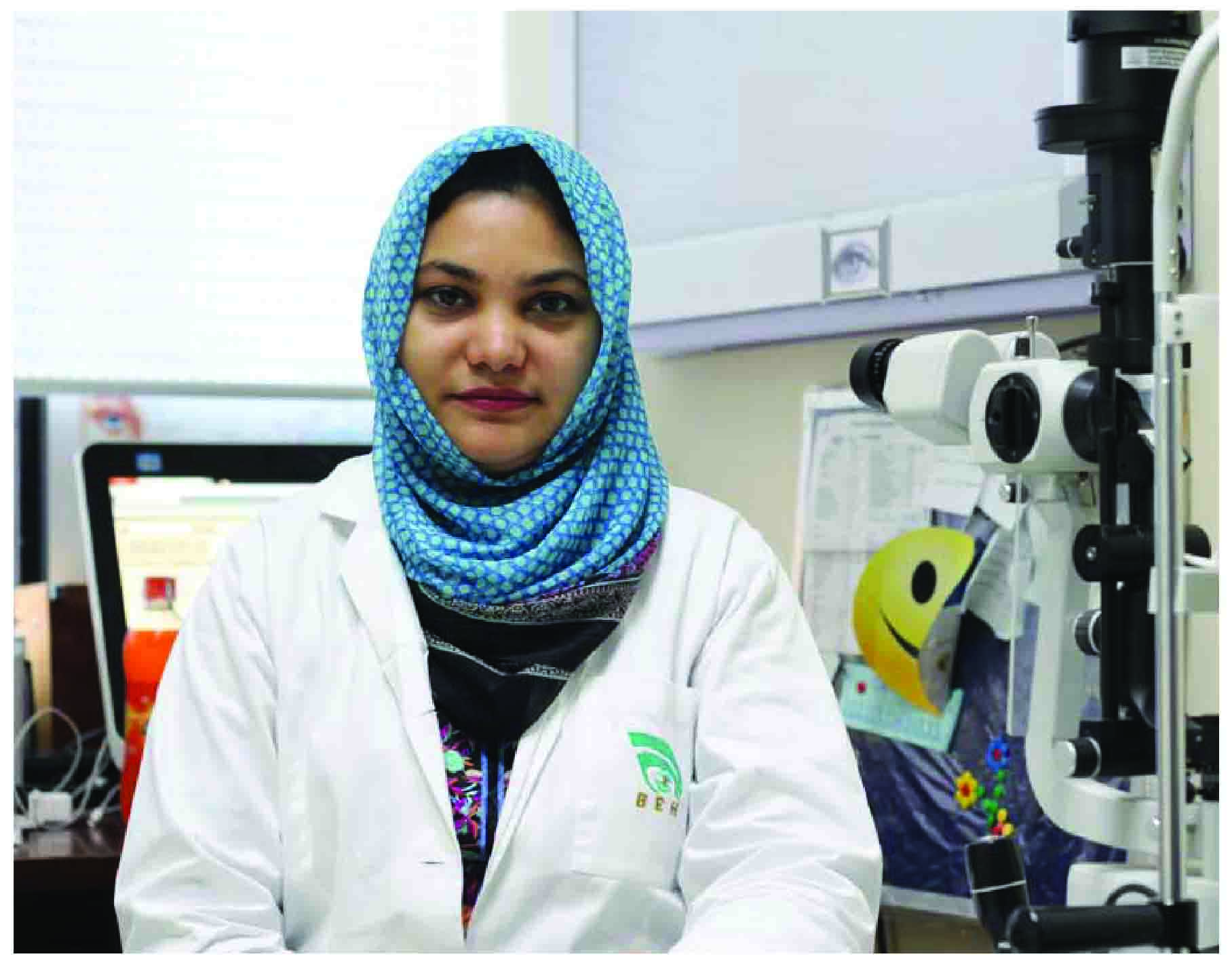
Cataract

Cataract

None

Cataract

None

None

None

None

None

None

Cataract

None

None

None
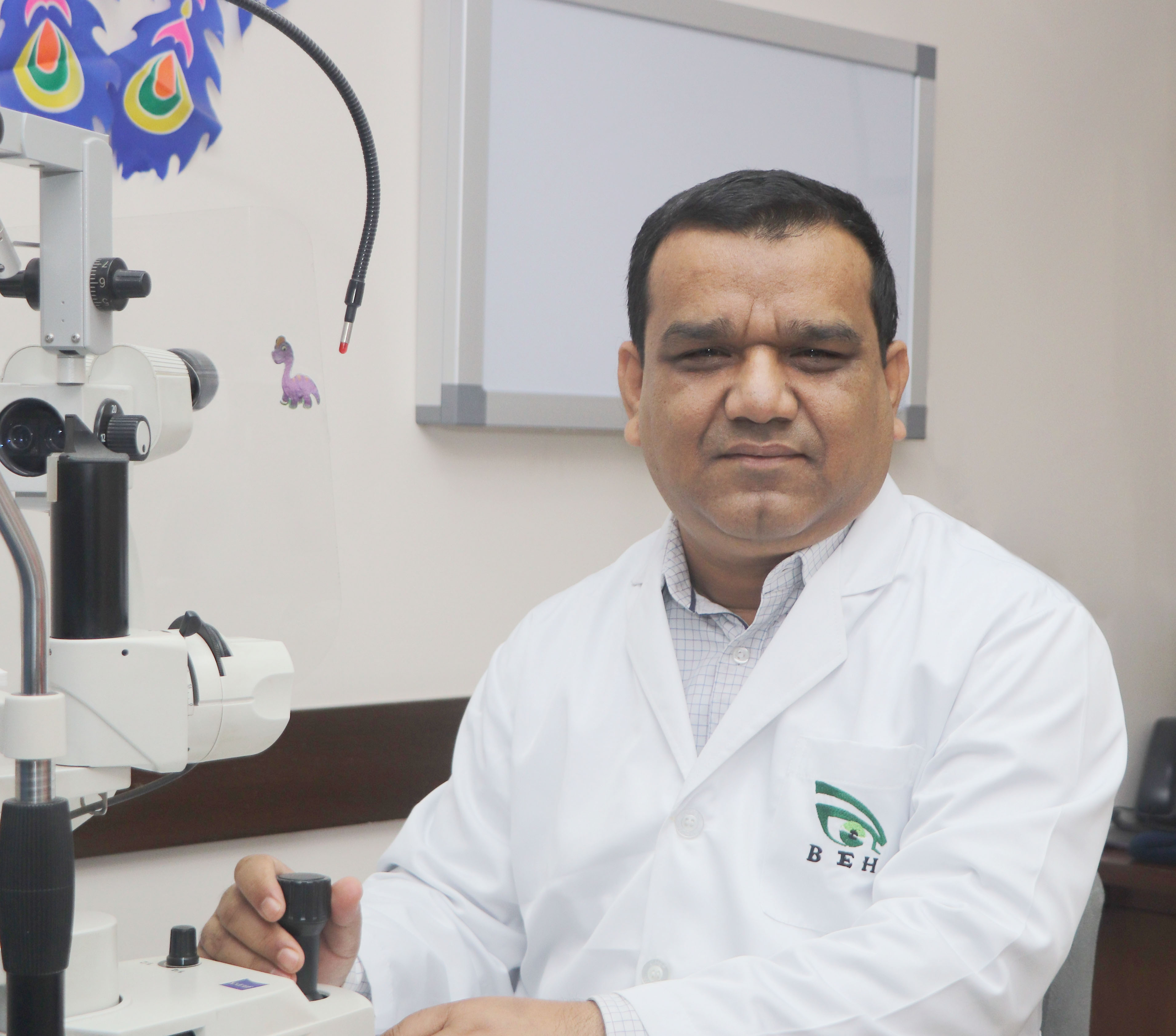
Cataract

Cataract

Cataract
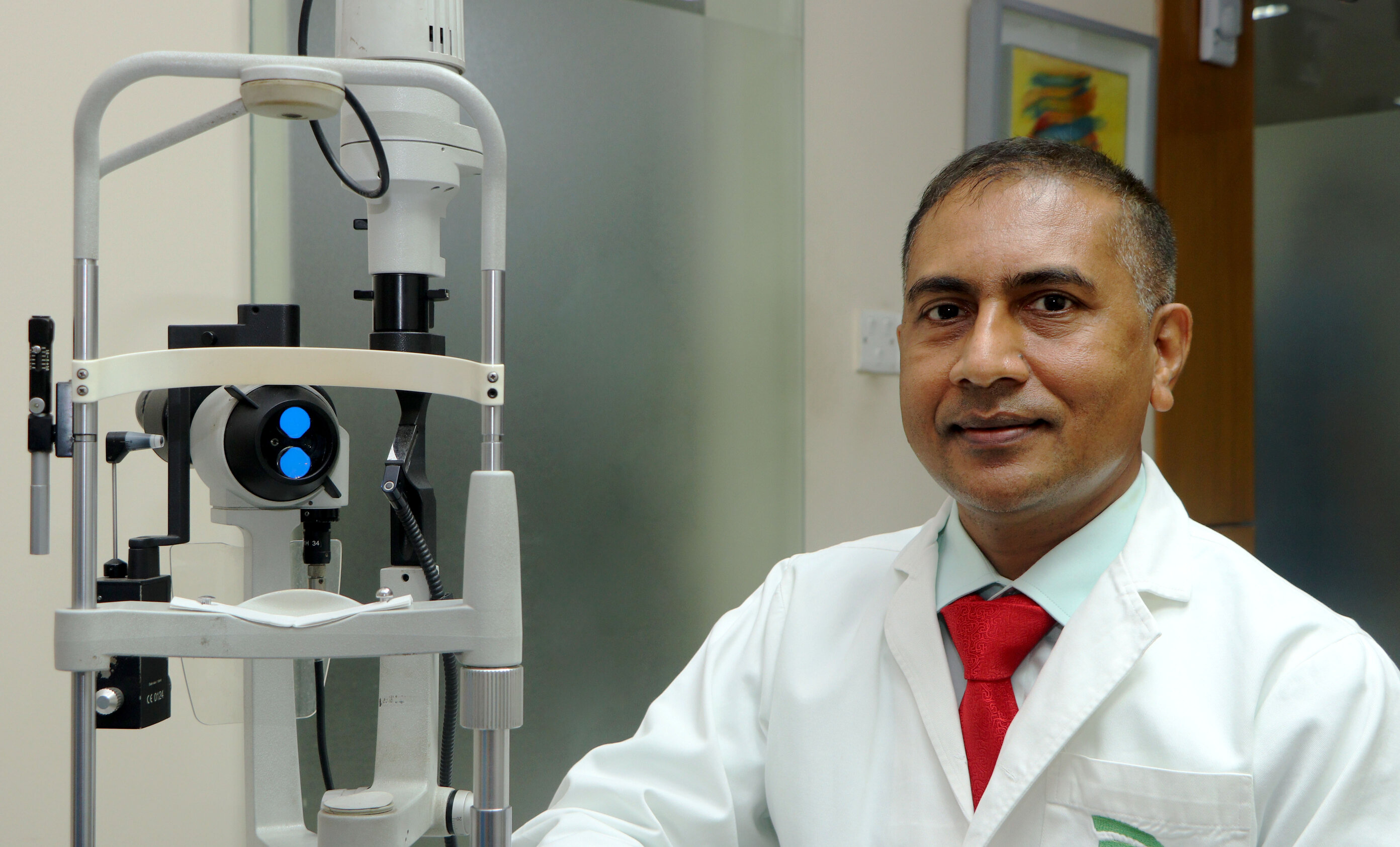
Cataract

None

None

None

None

None

None

None

None

None

None
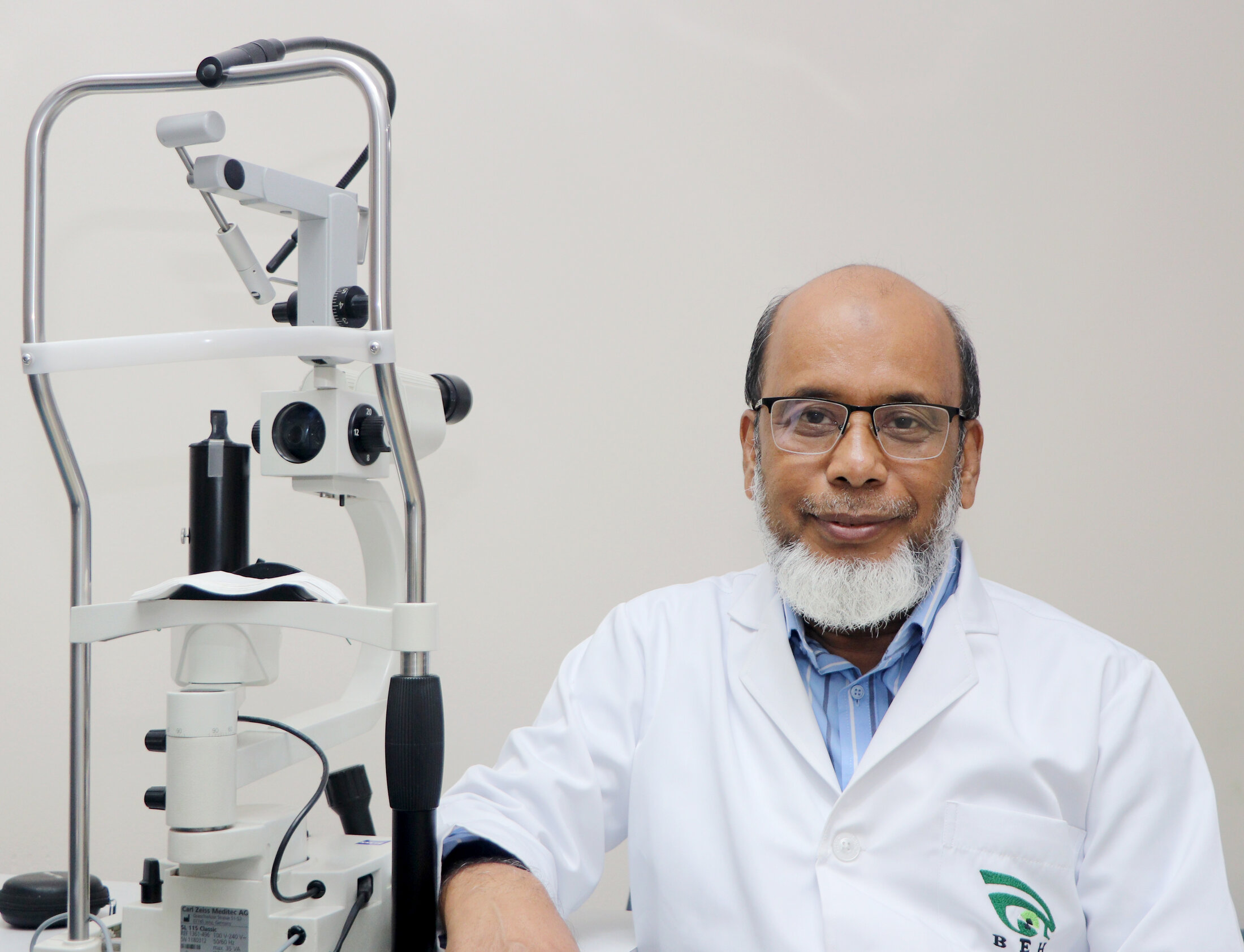
None

None

None

None

None

None

None

None

None

None

None

None

None

None

None

None

None

None

Cataract

Cataract

None

None

None

None

None

Cataract

None

None

None

None

None

None

None

None

None

None

None

None

None

None

None

None

None

None

None

None

None

None

None

None

None

None

None

None

None

None

None

None

None

None

None

None

None

None

None

One of our customer care executive will confirm your appointment by contacting with you within next 1-2 hours

Doctor Name: Dr. Collis Molate,
Appointment Date & Time:
Chamber Location: Bangladesh Eye Hospital, Branch
